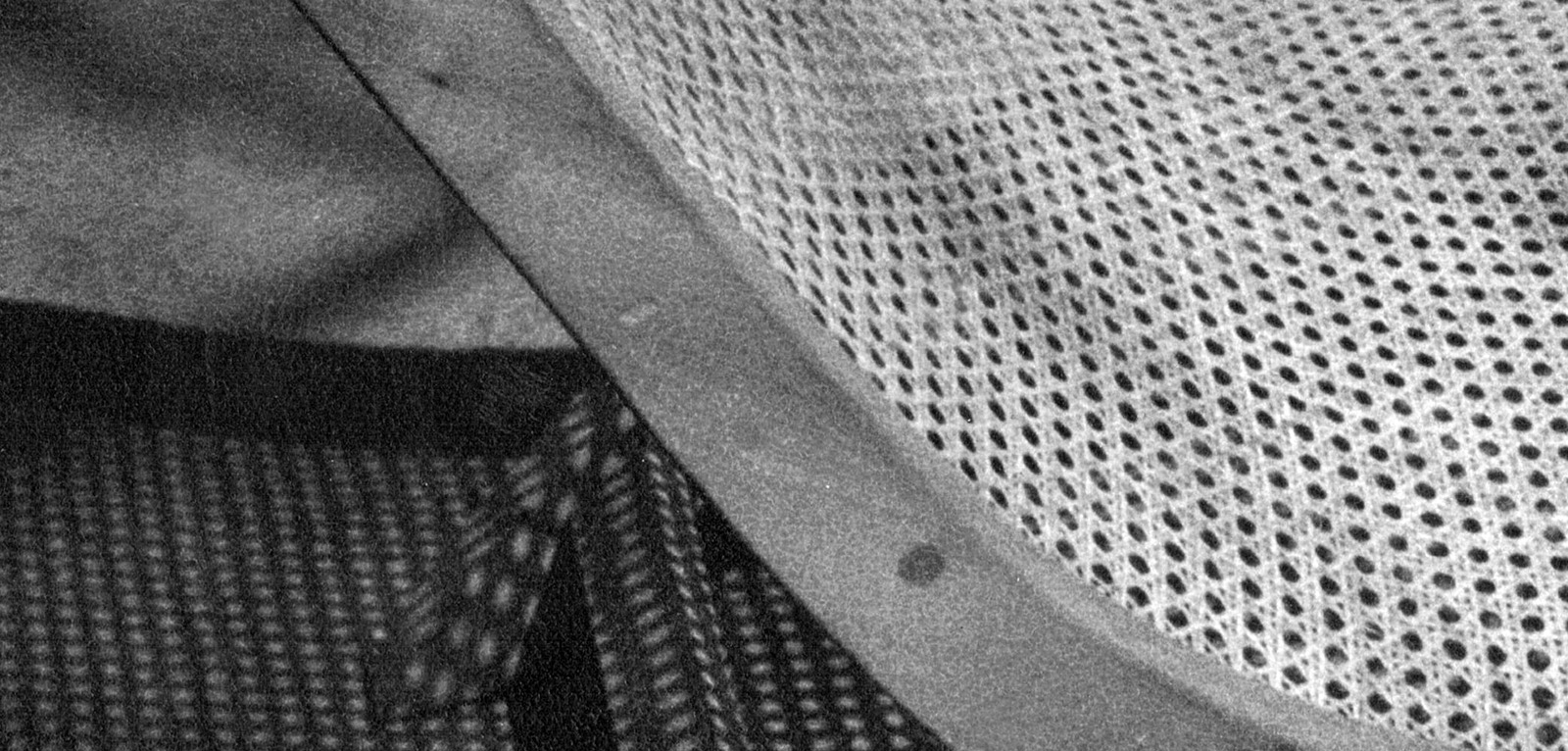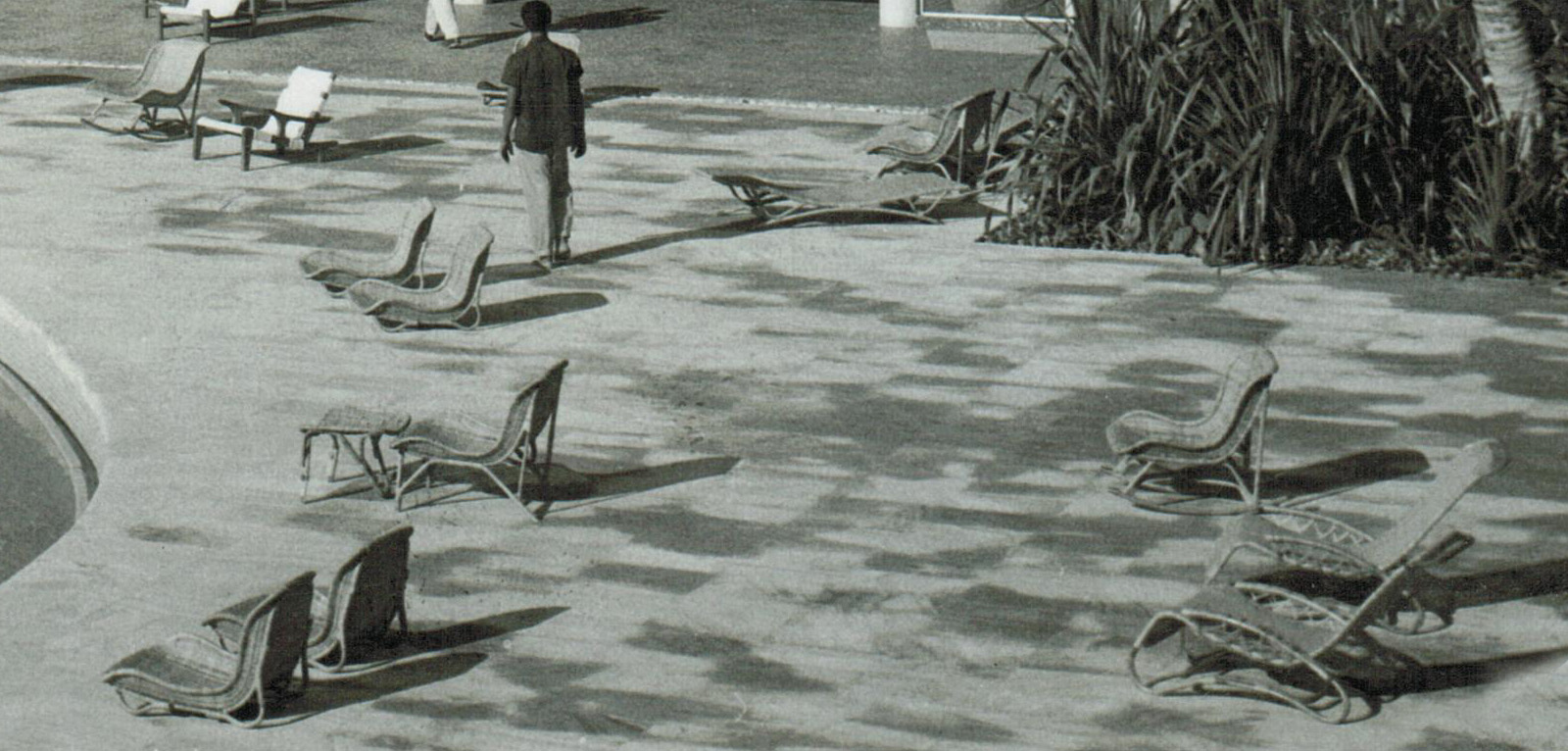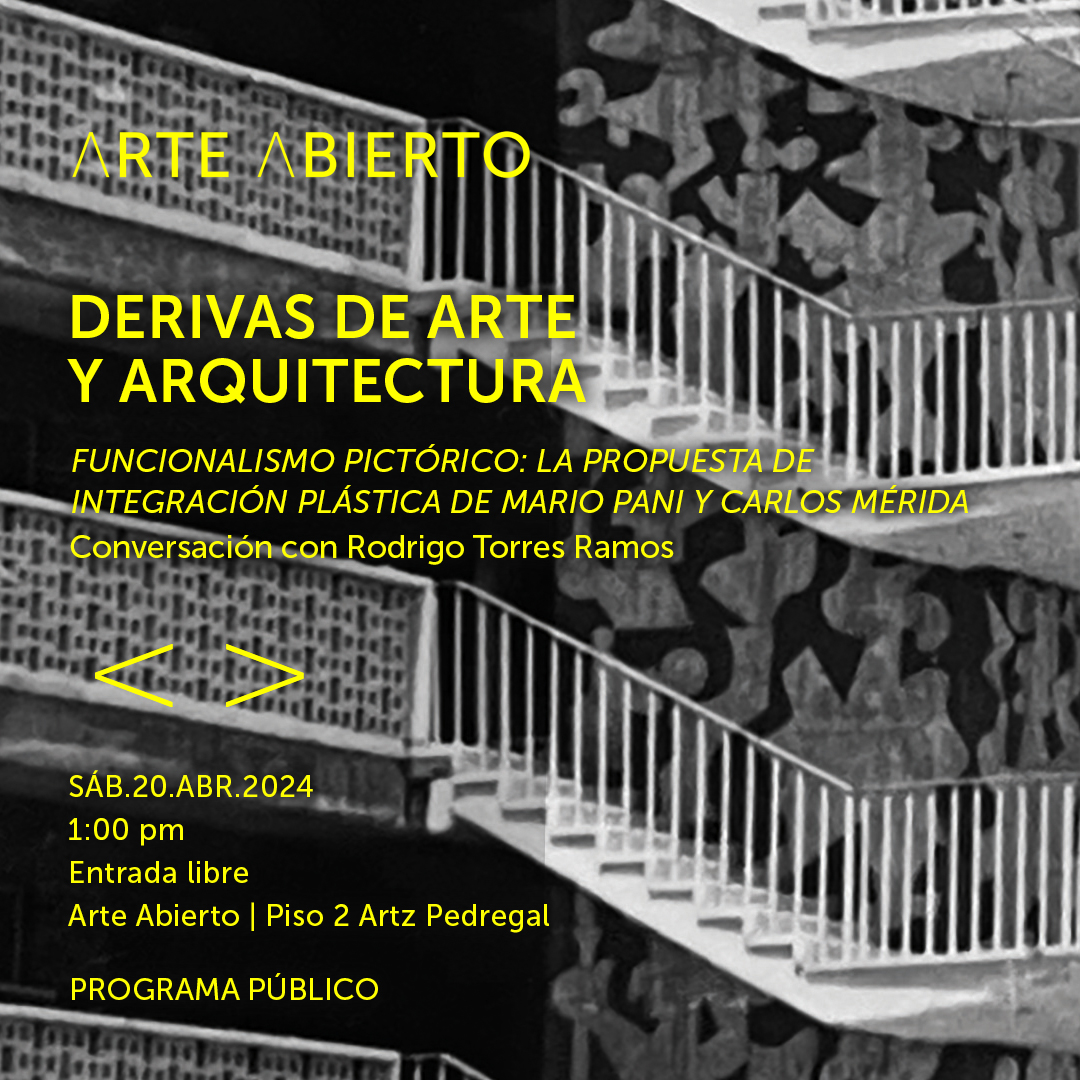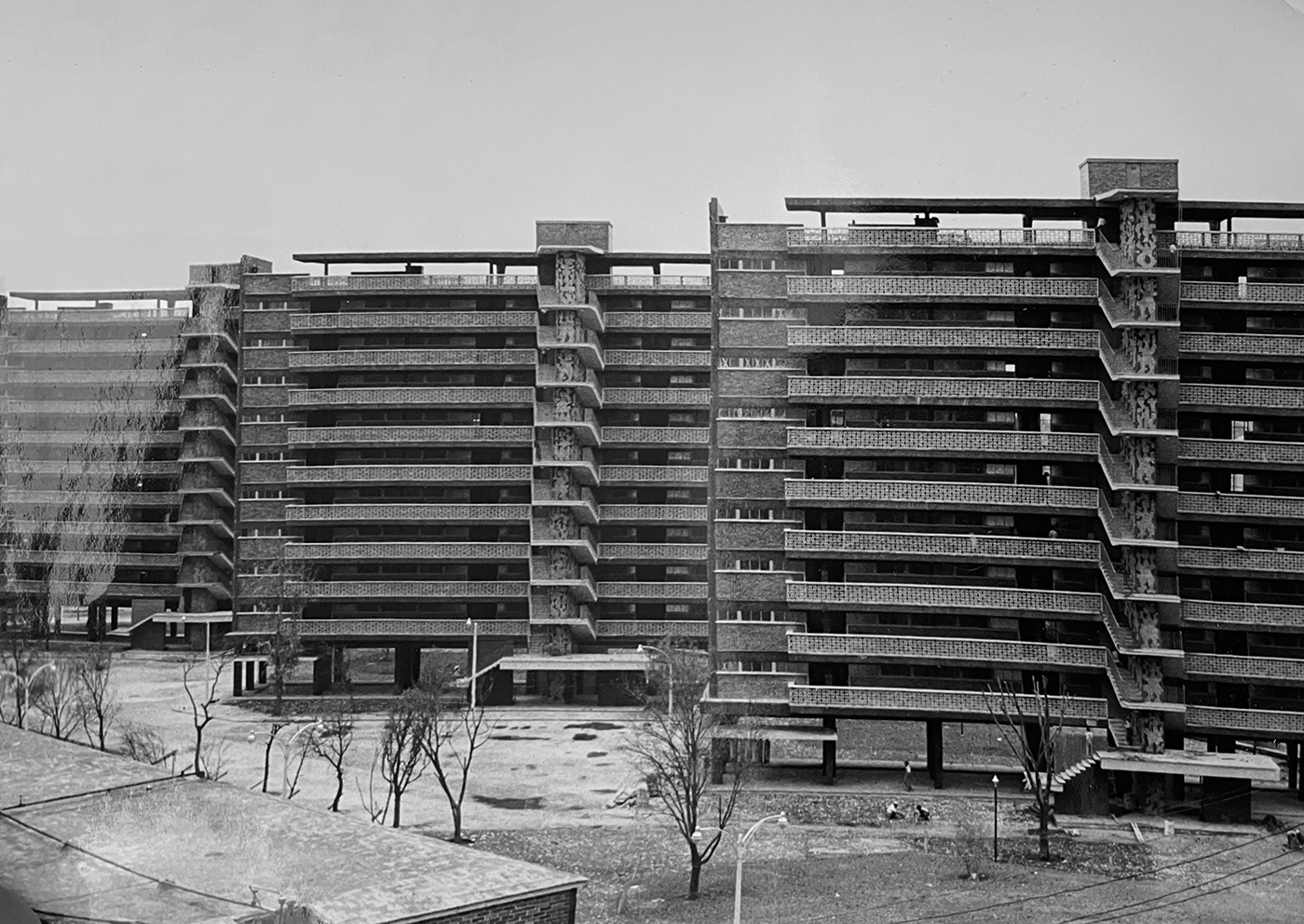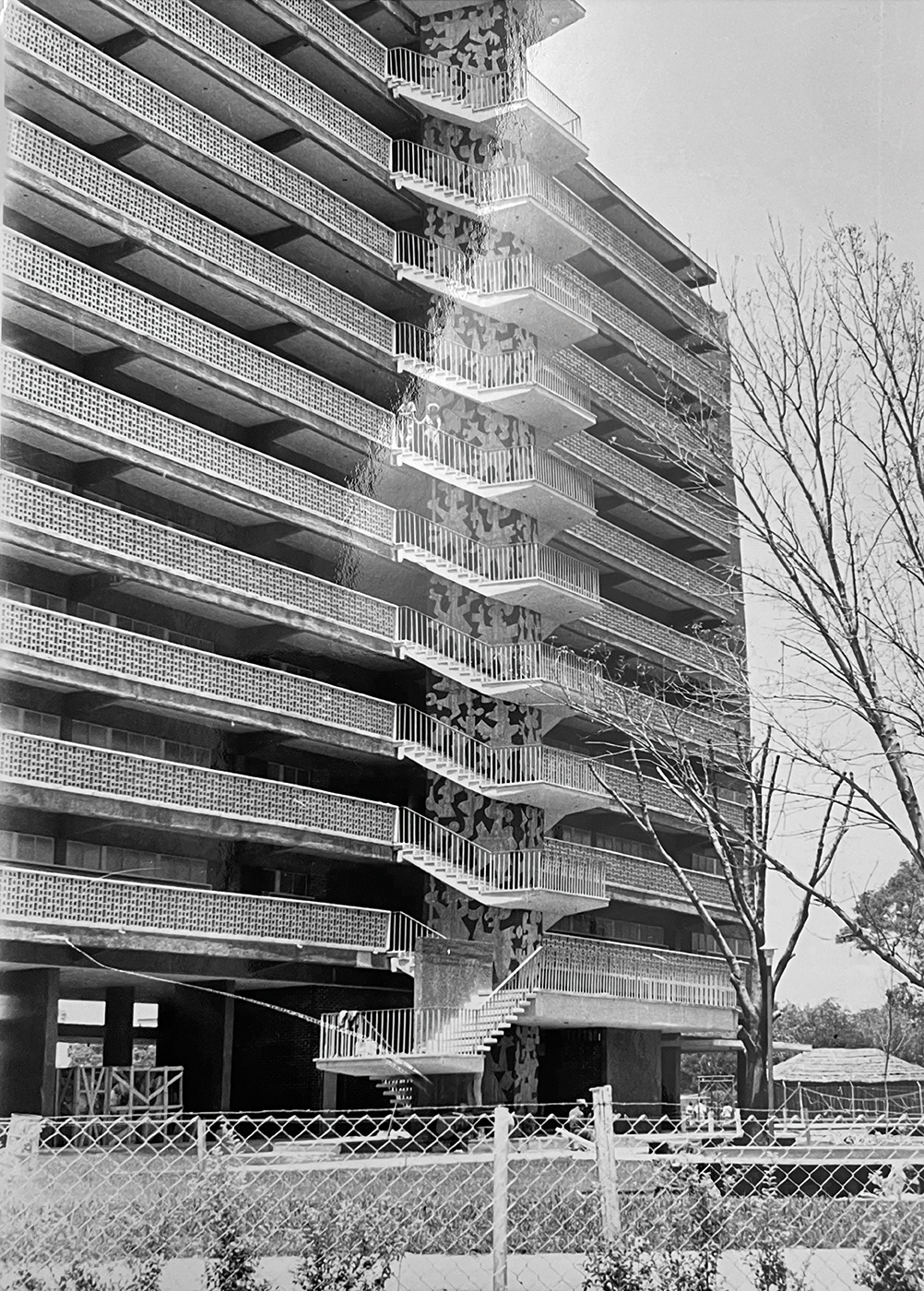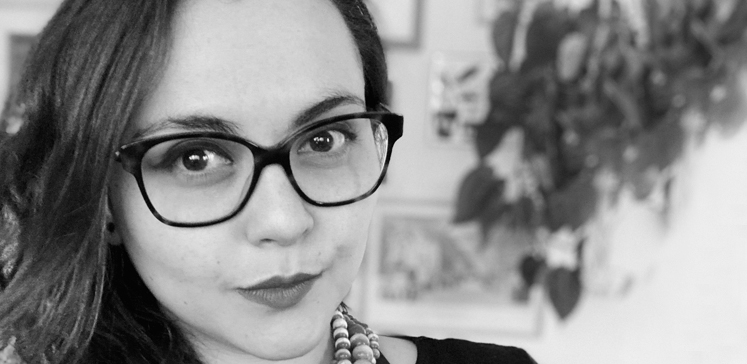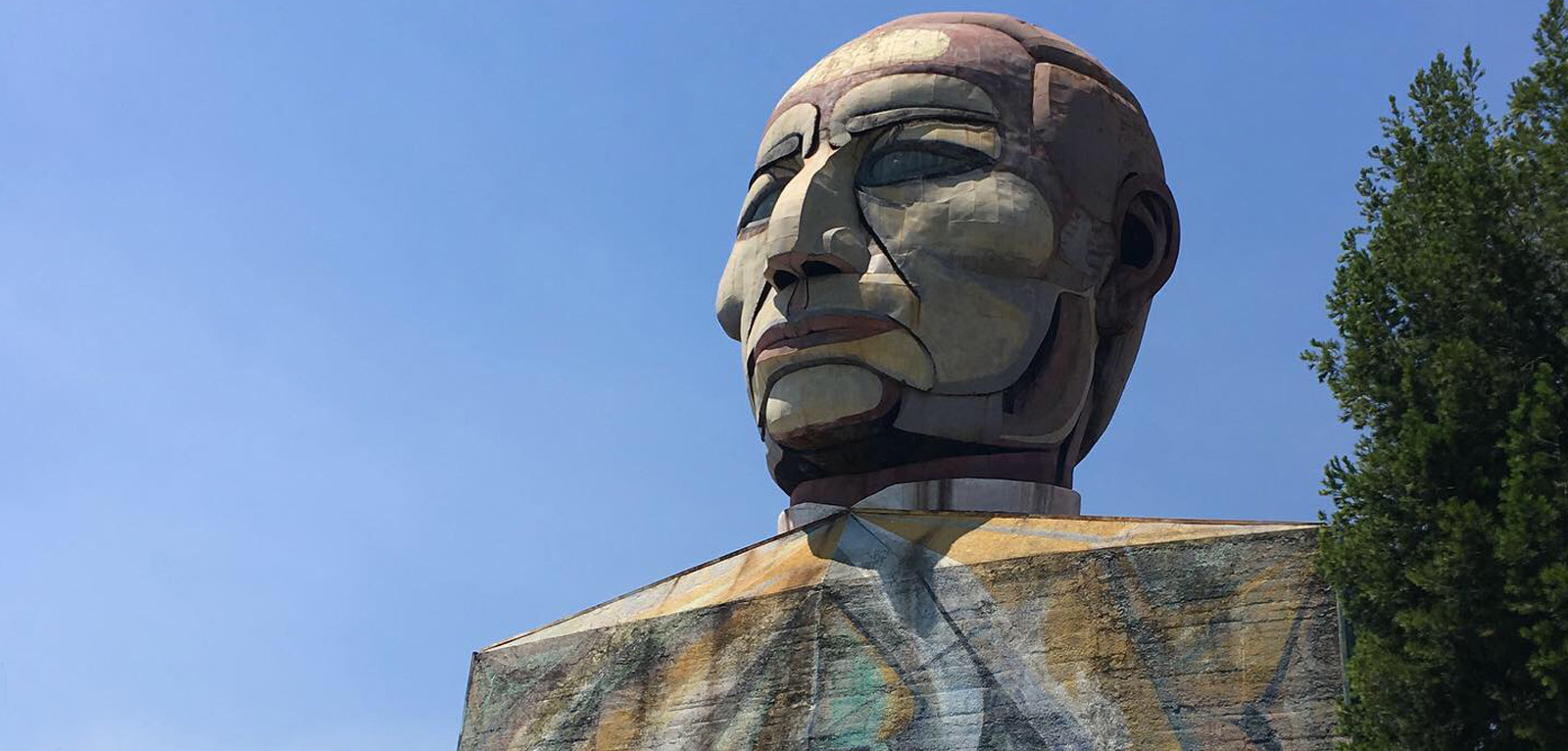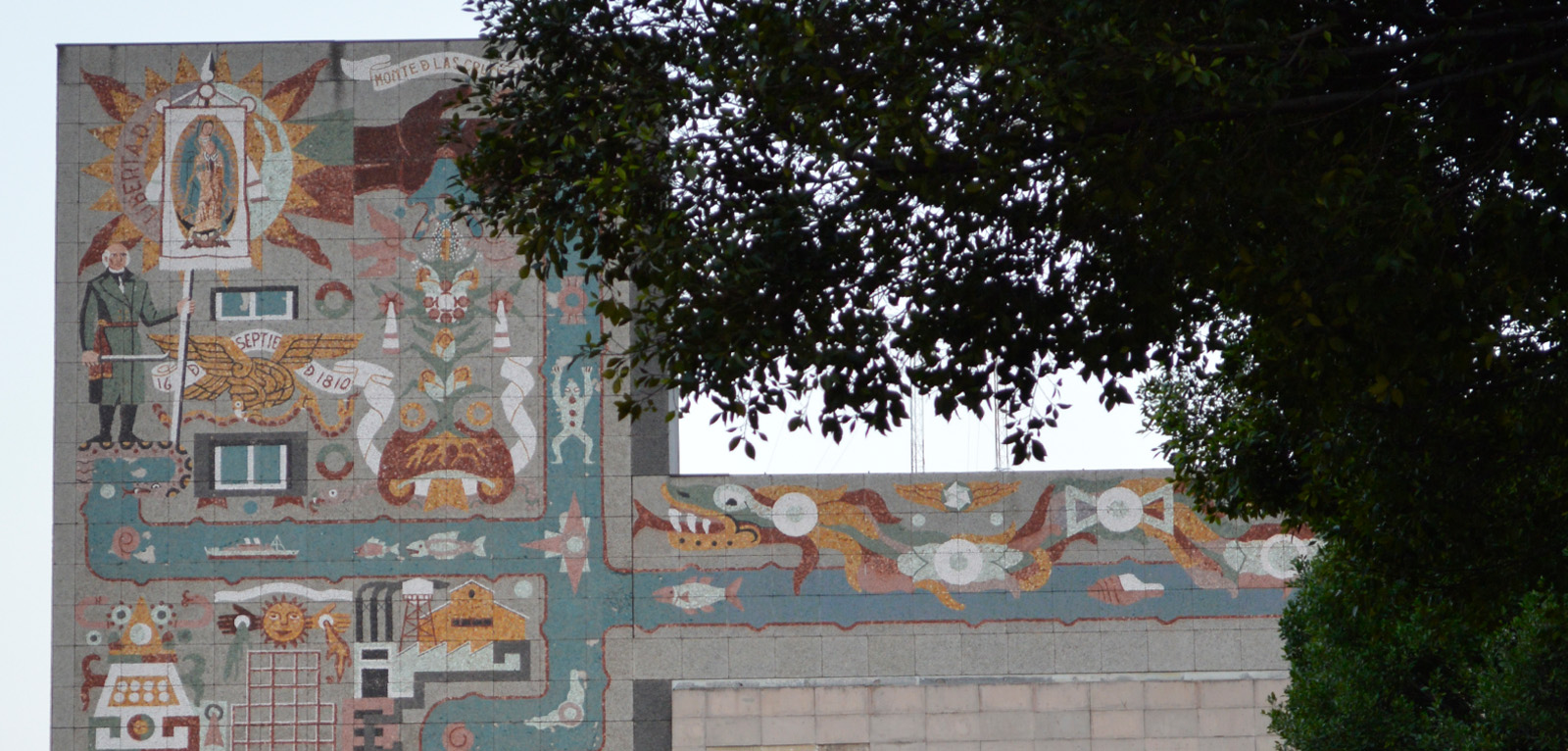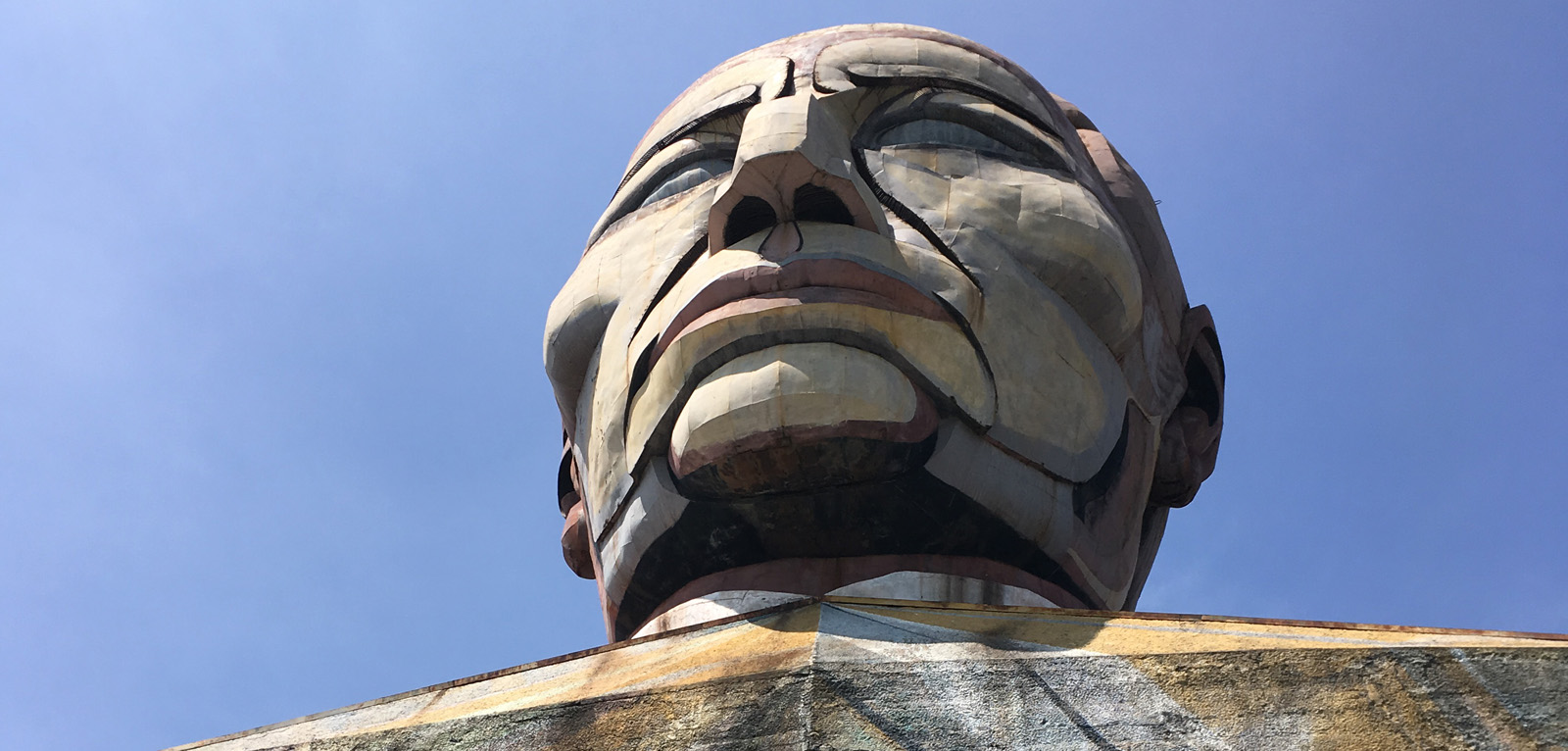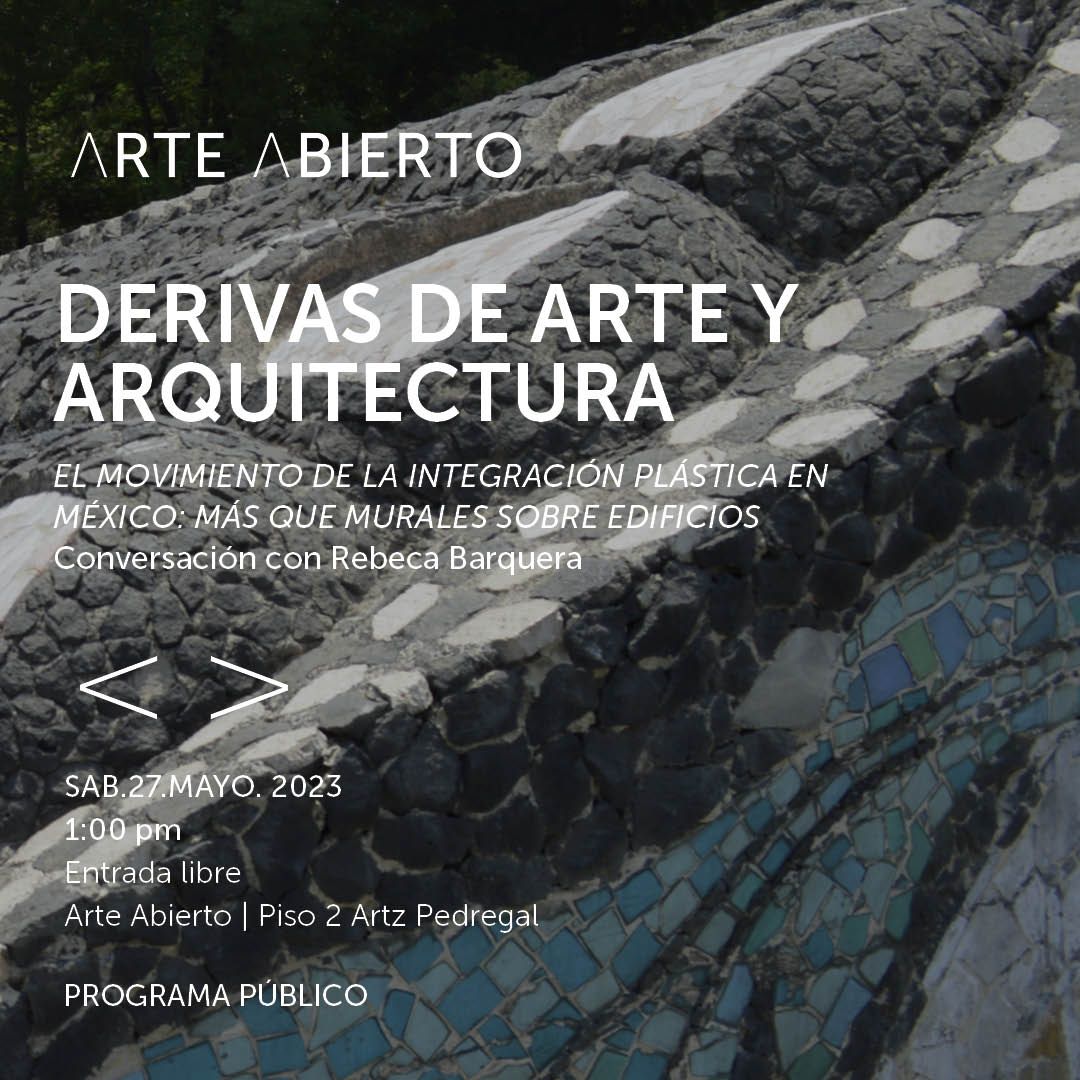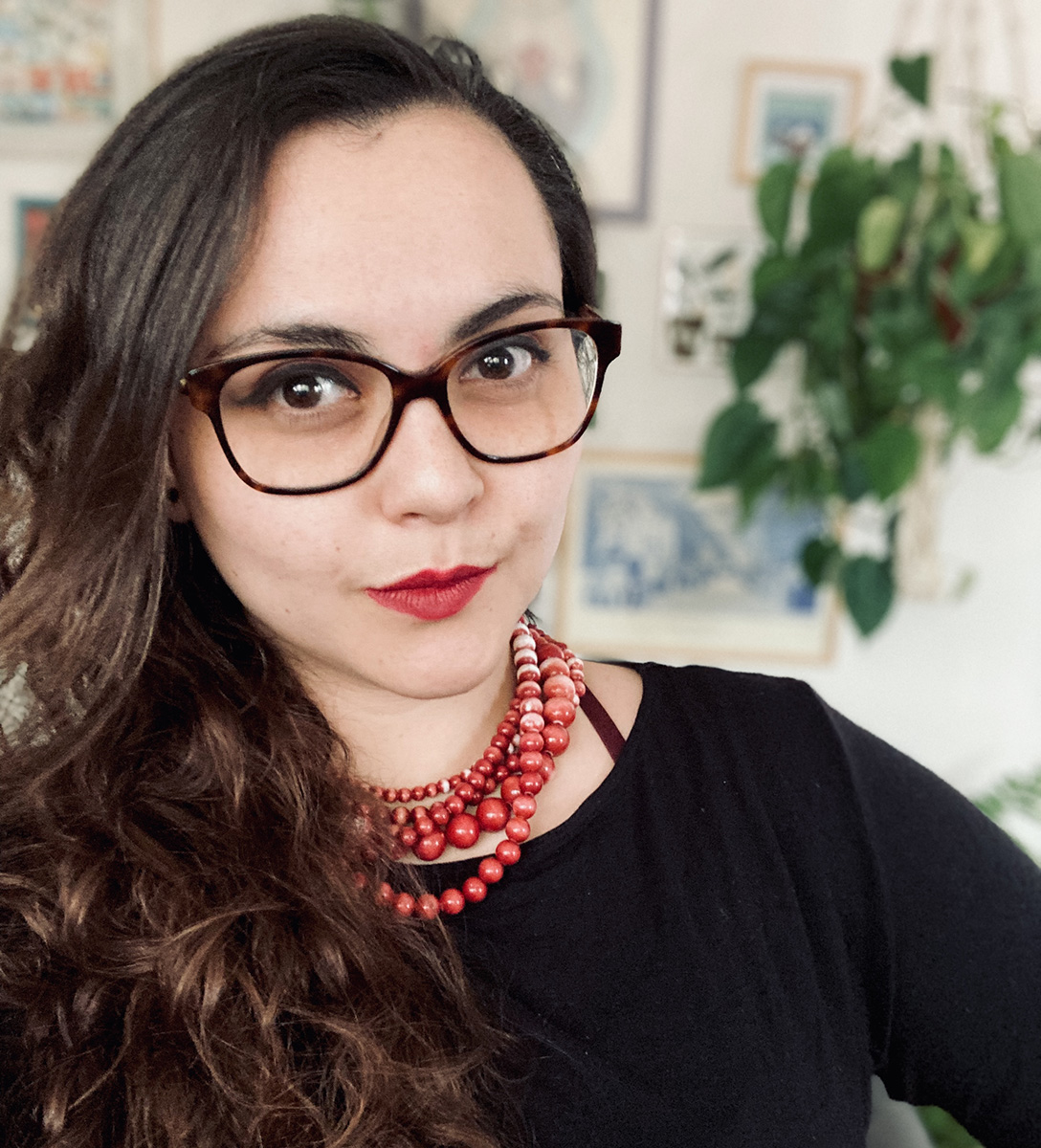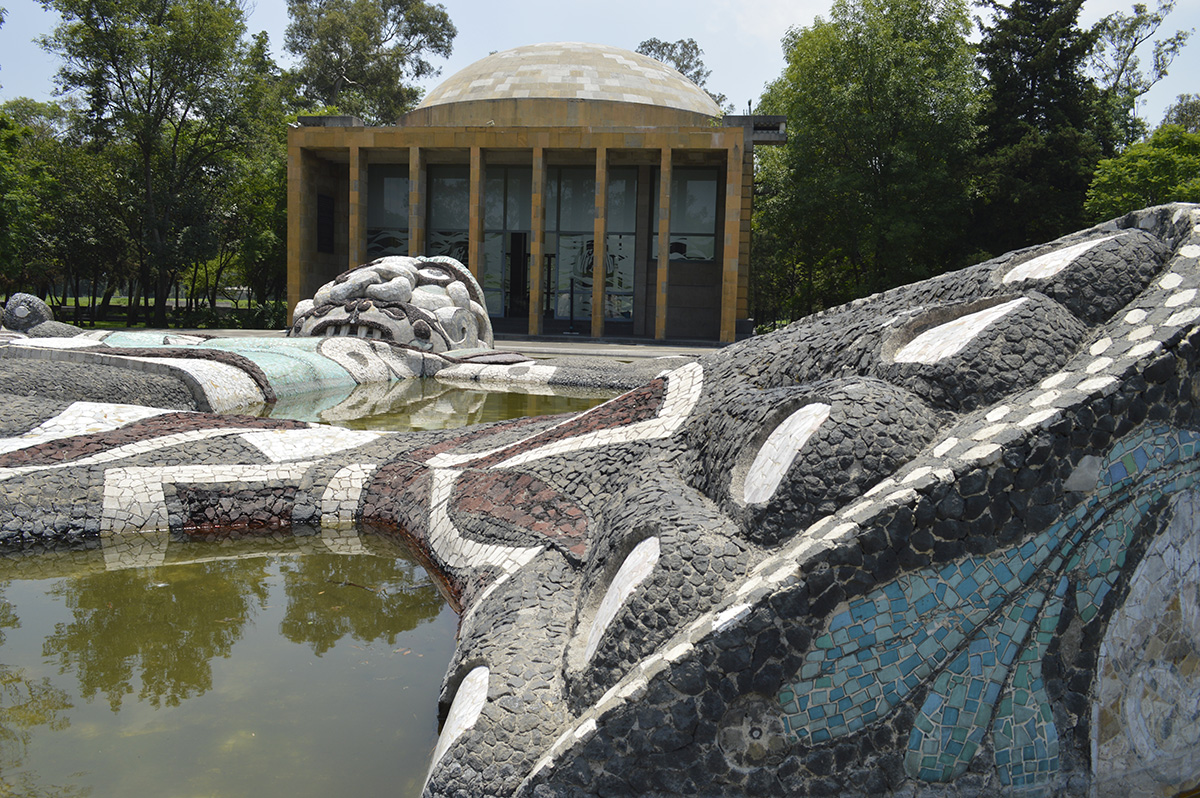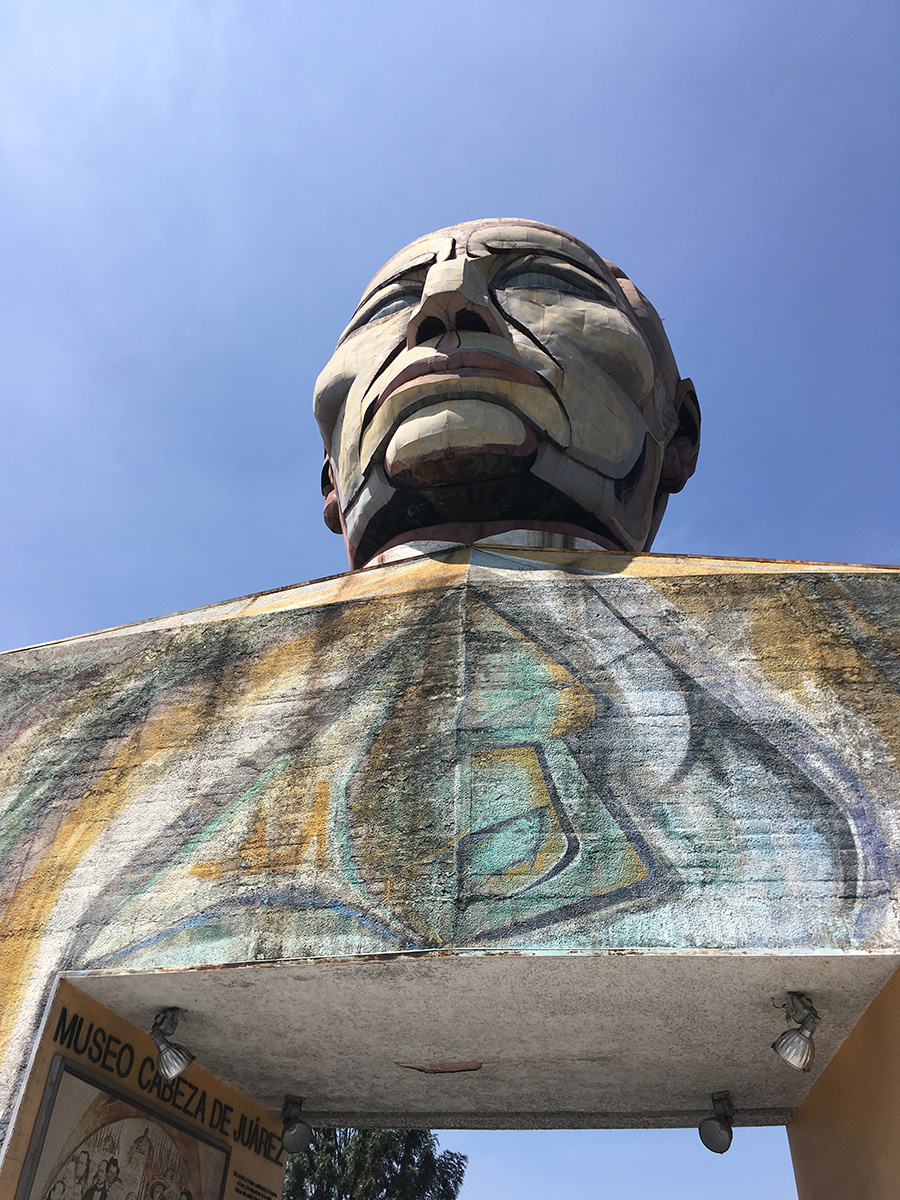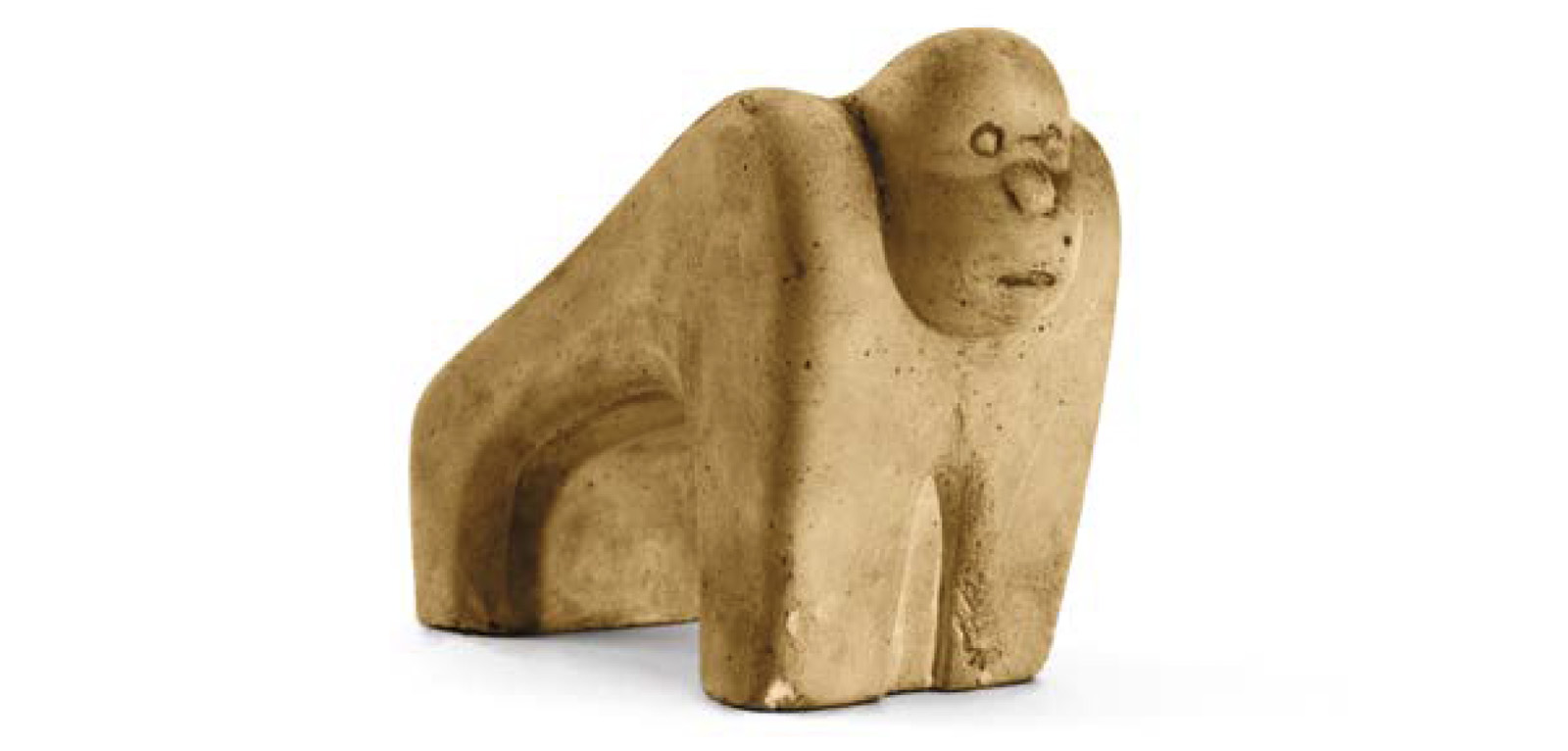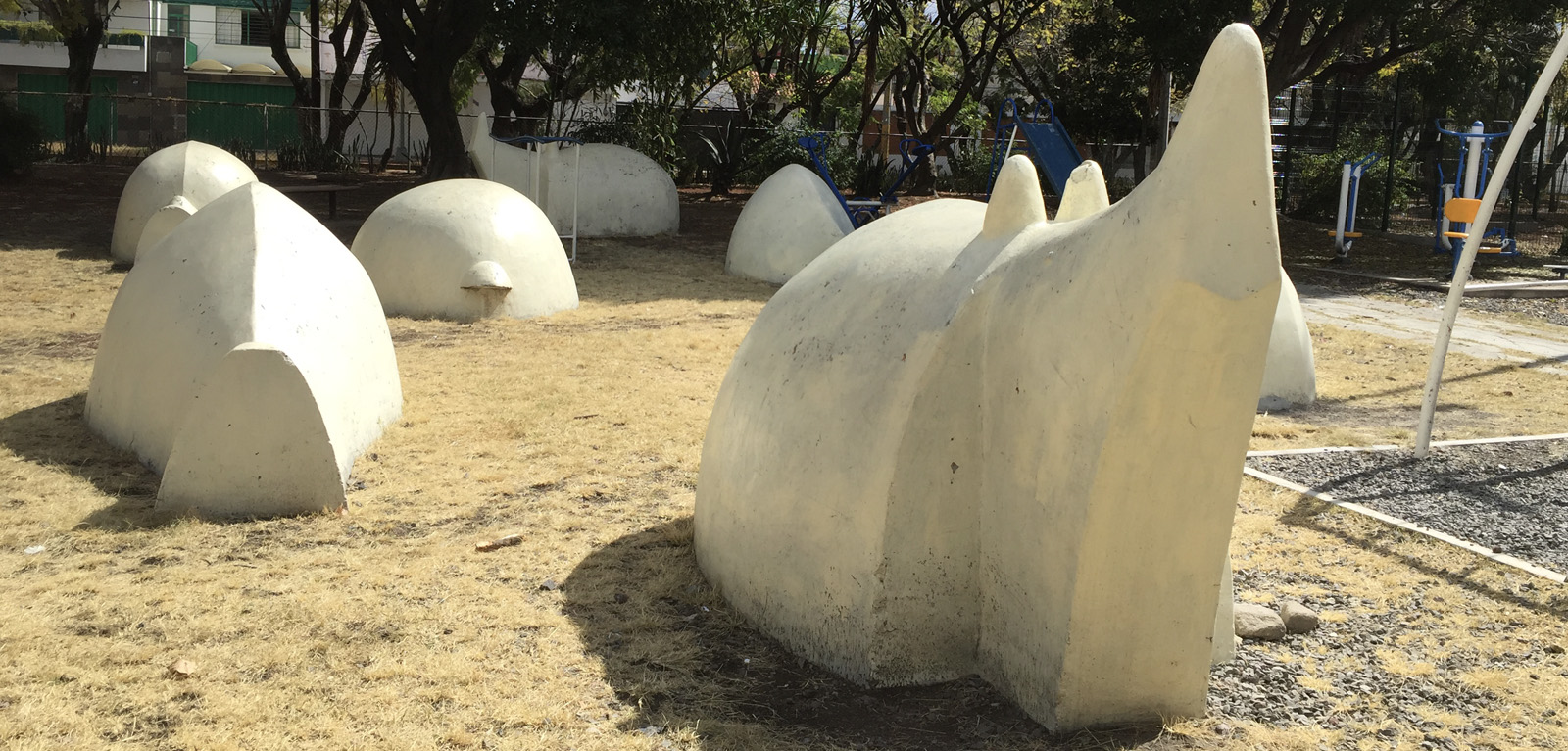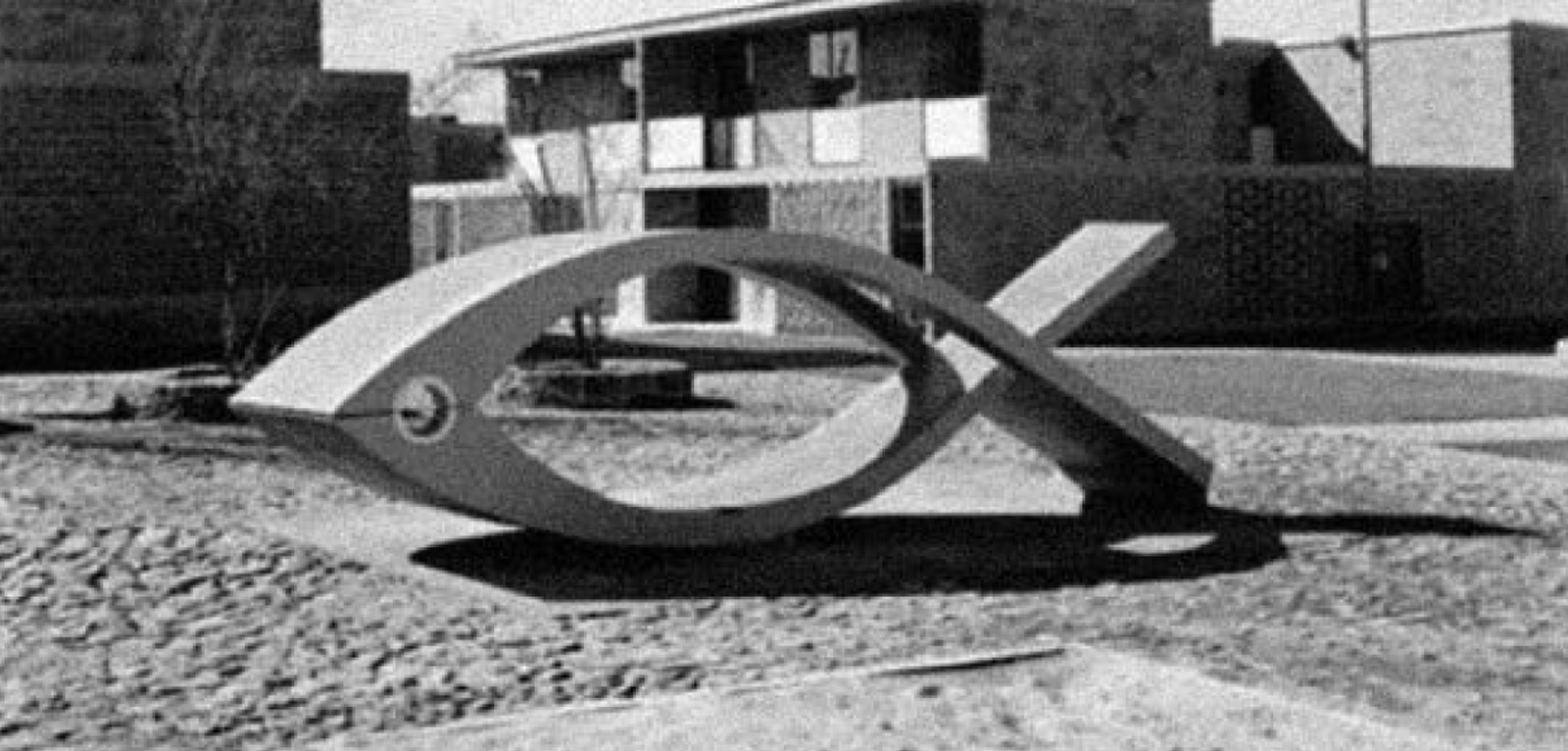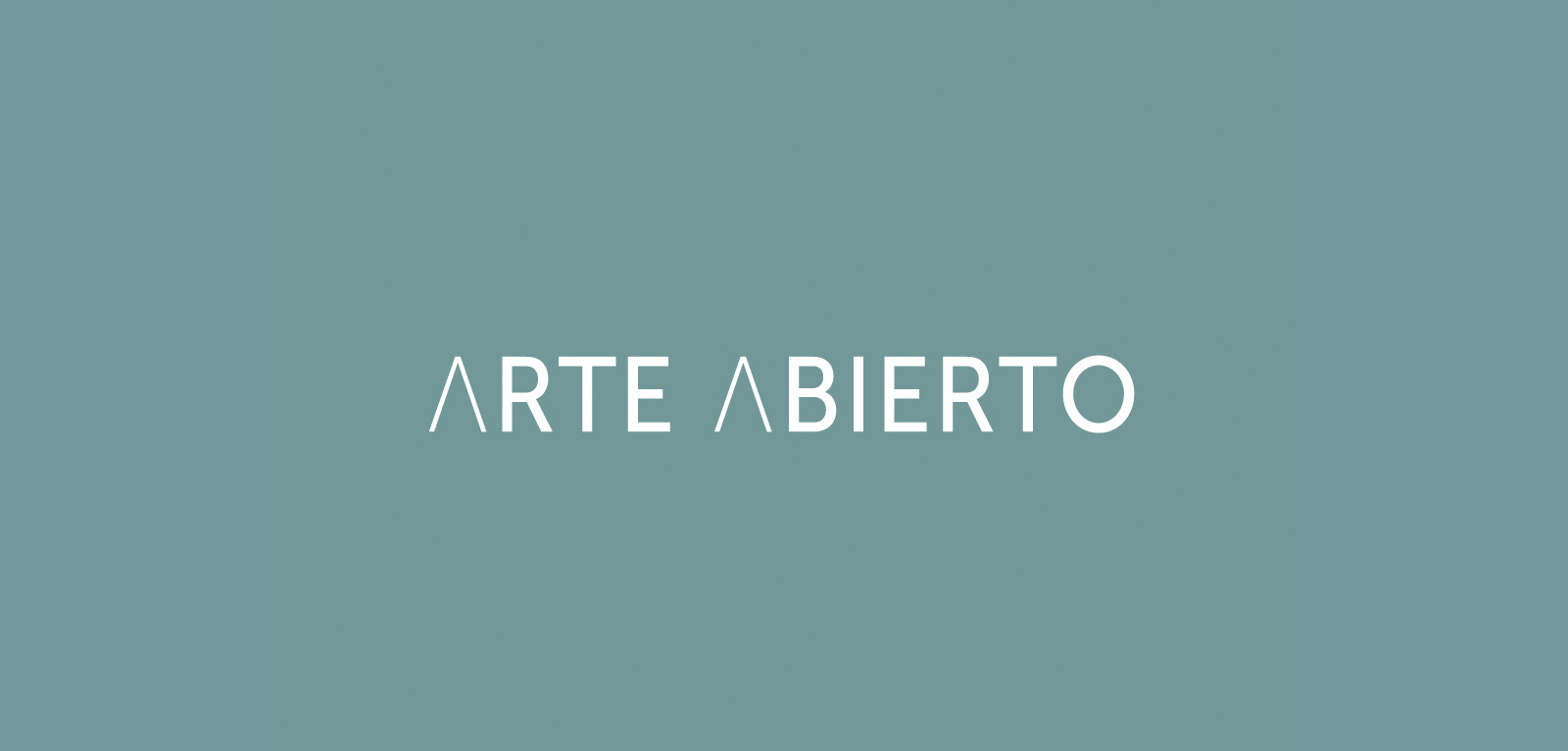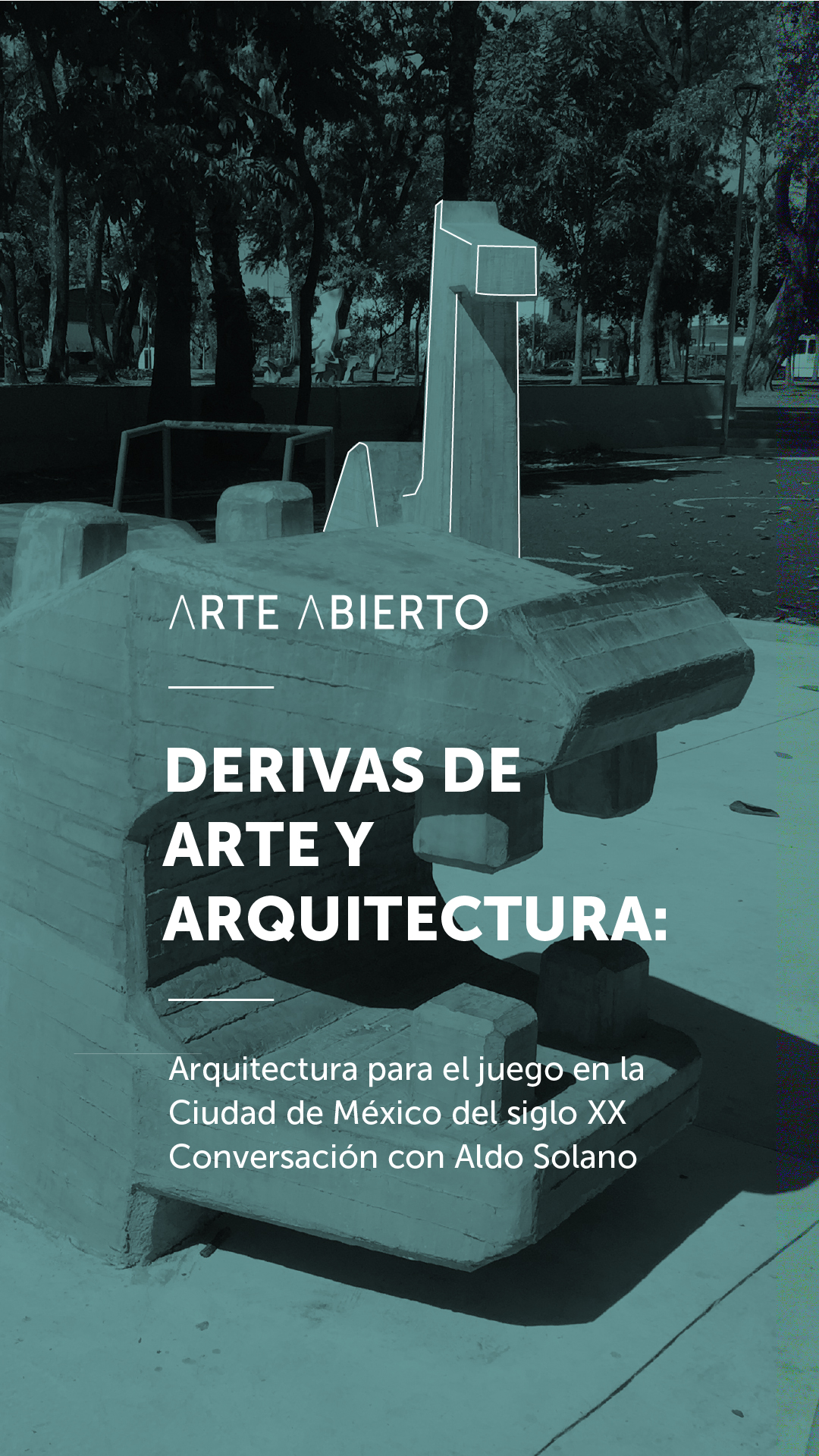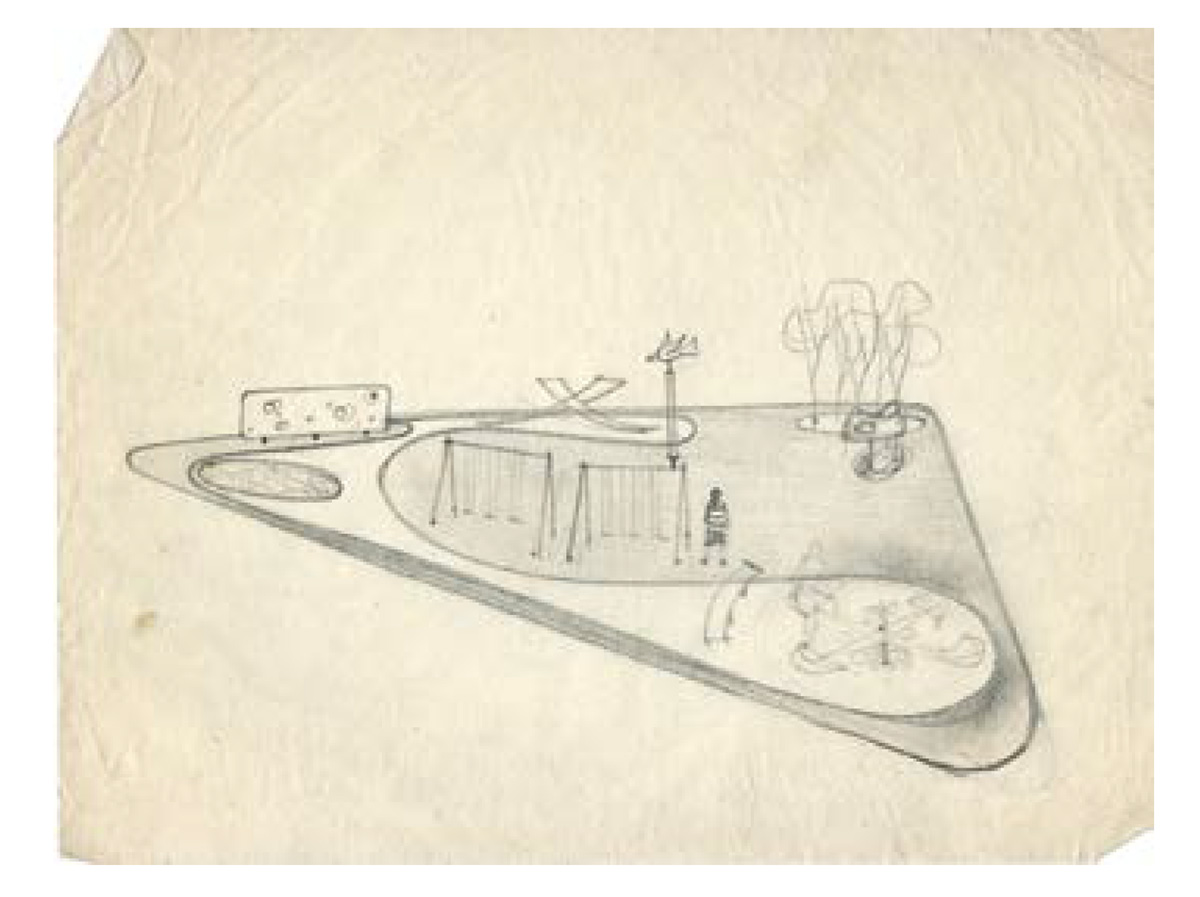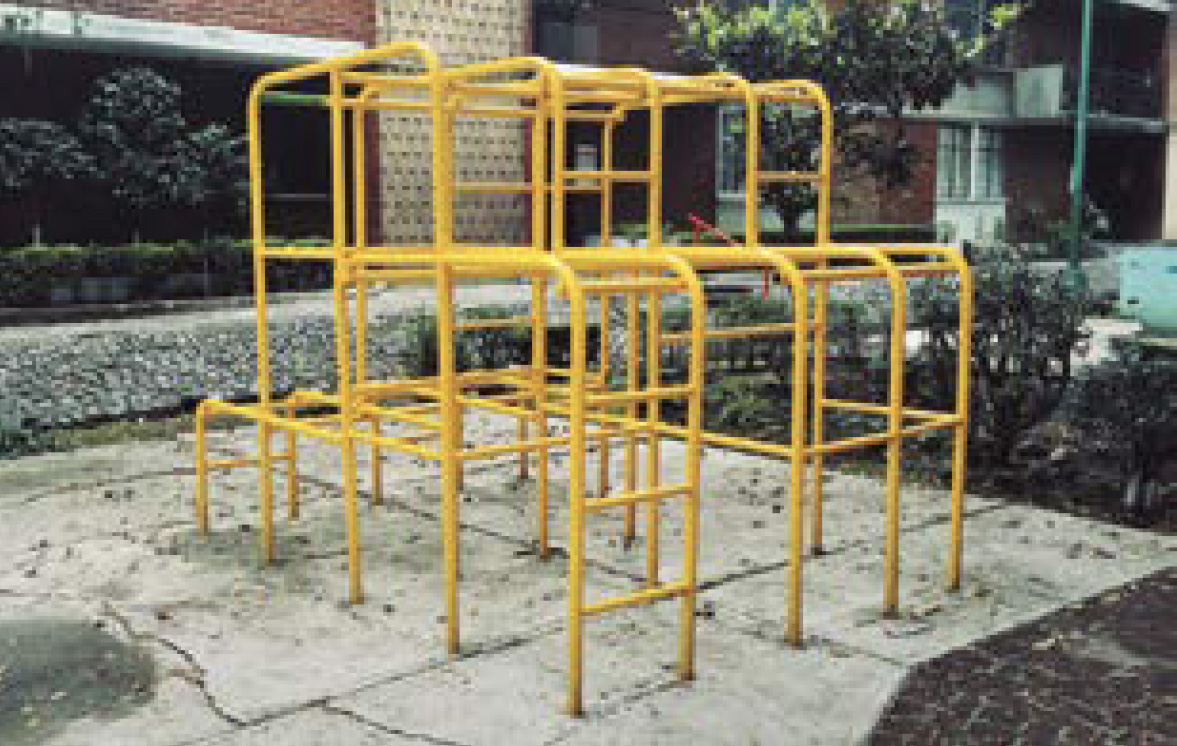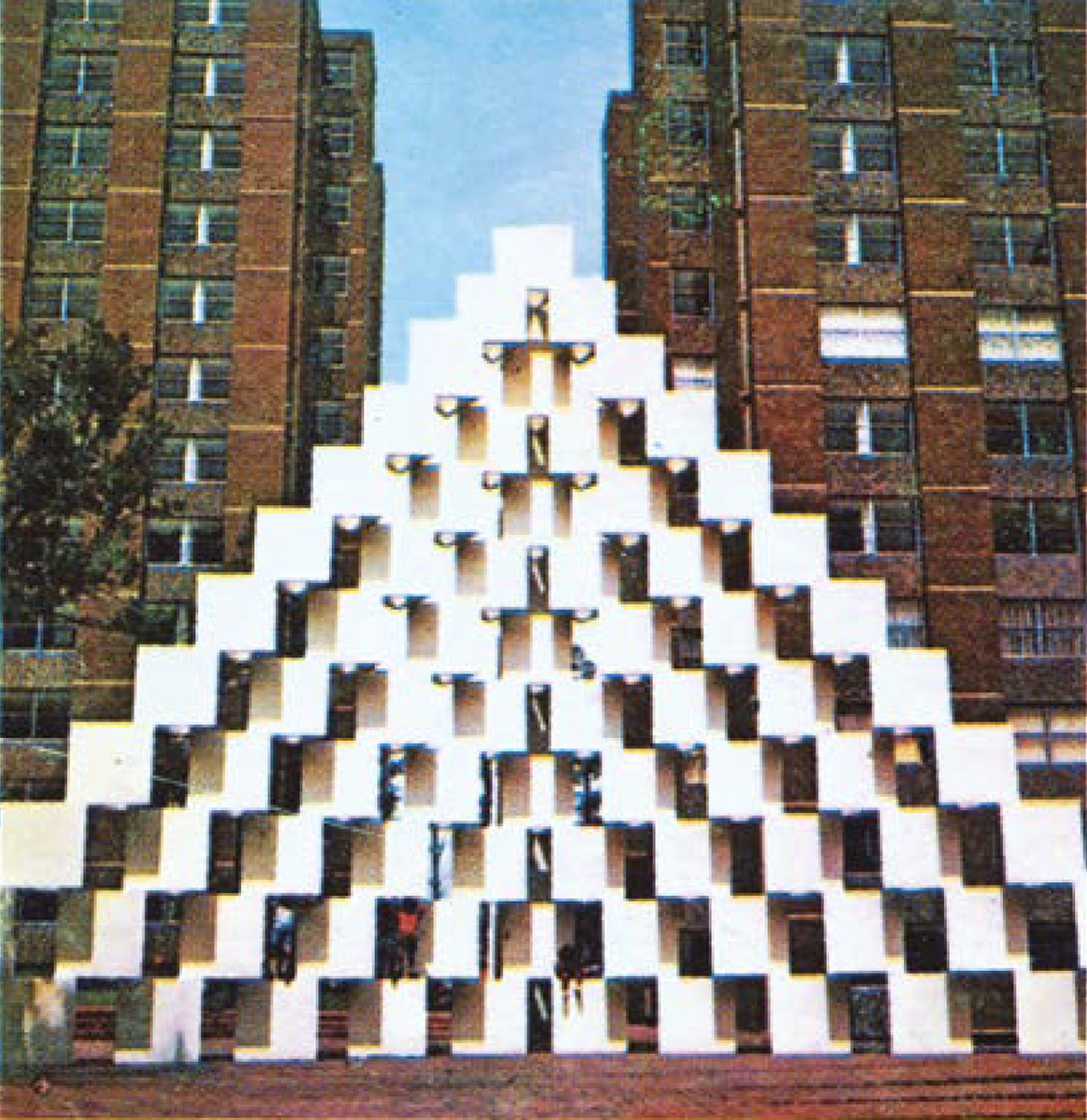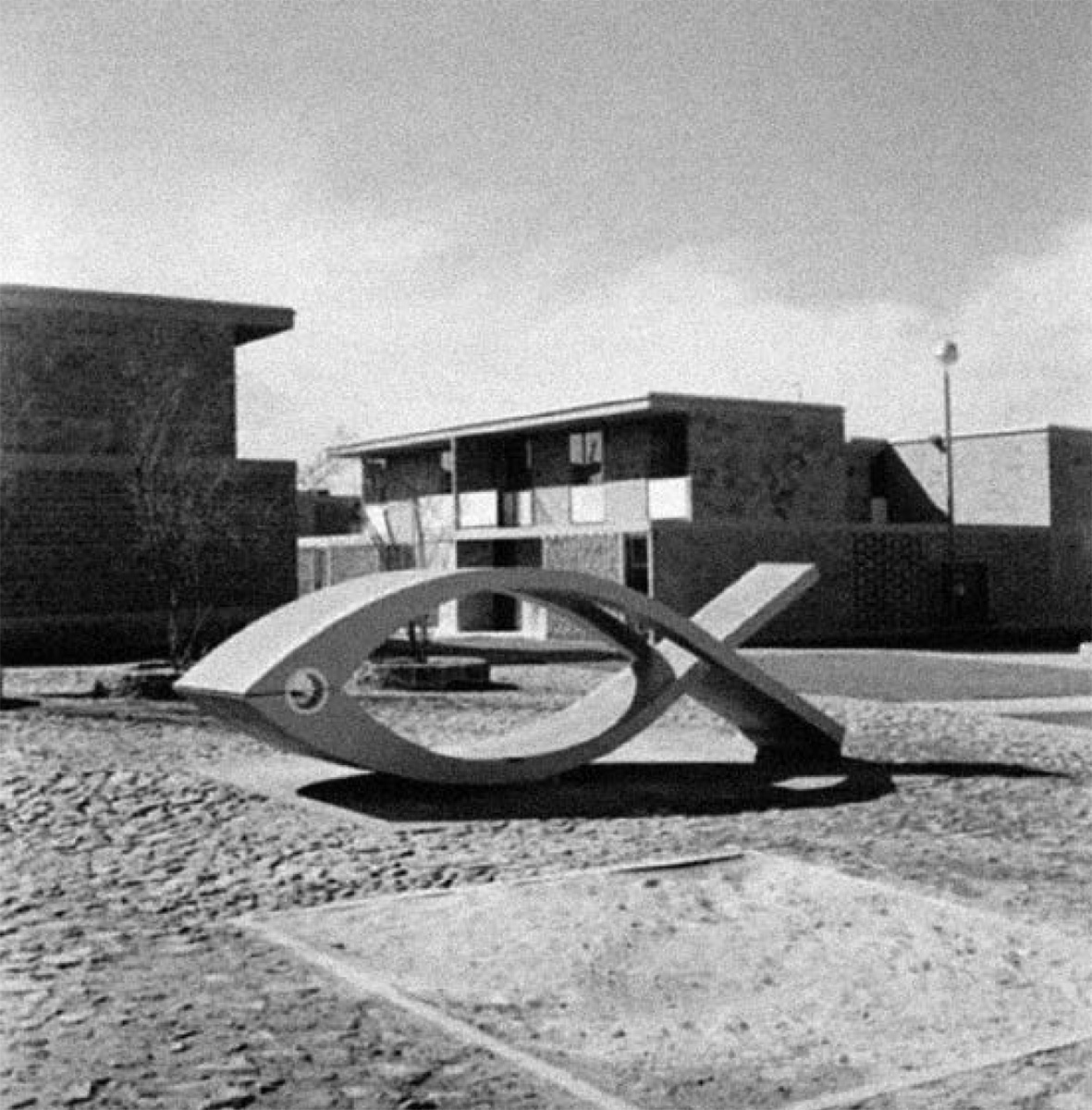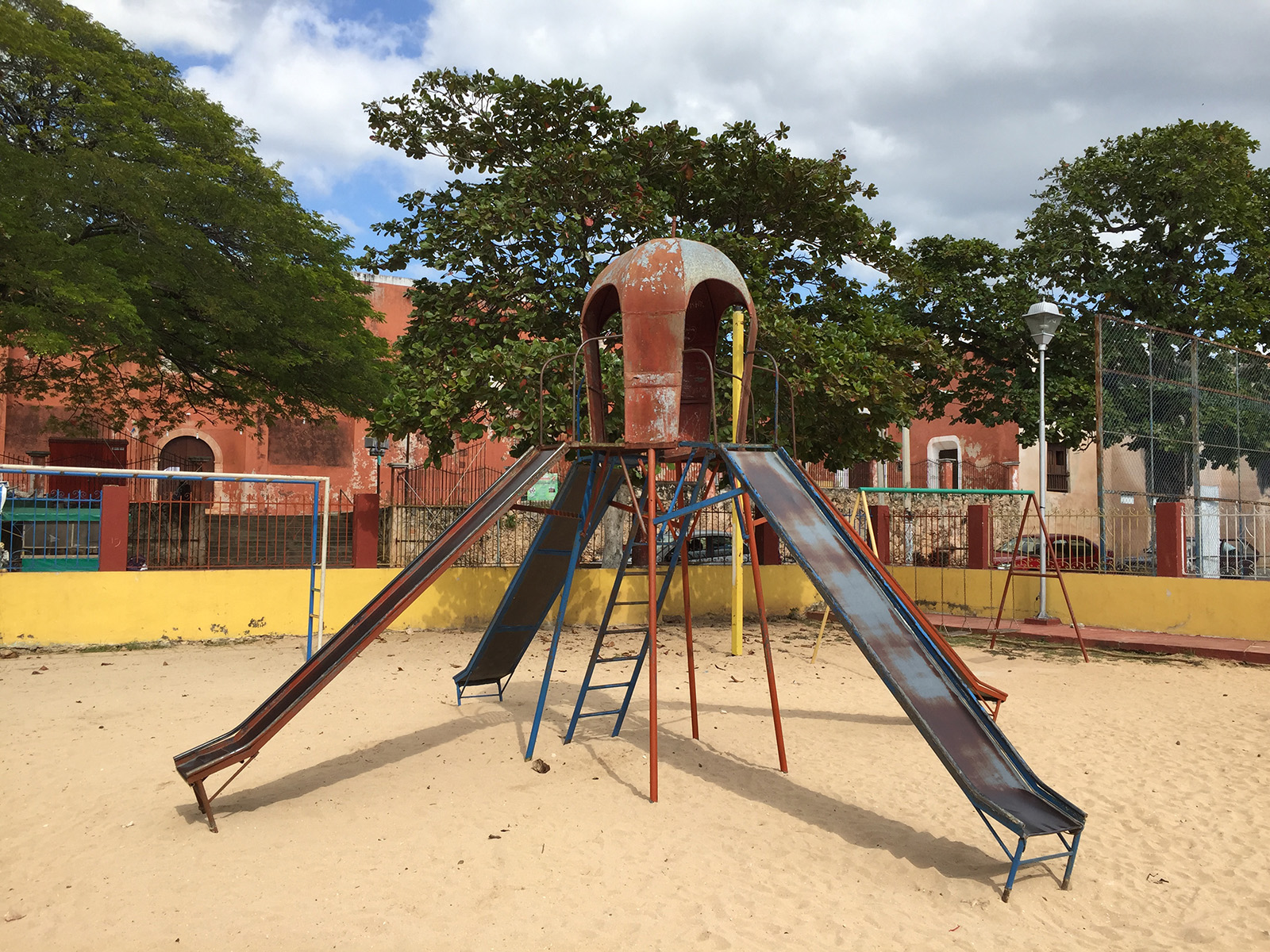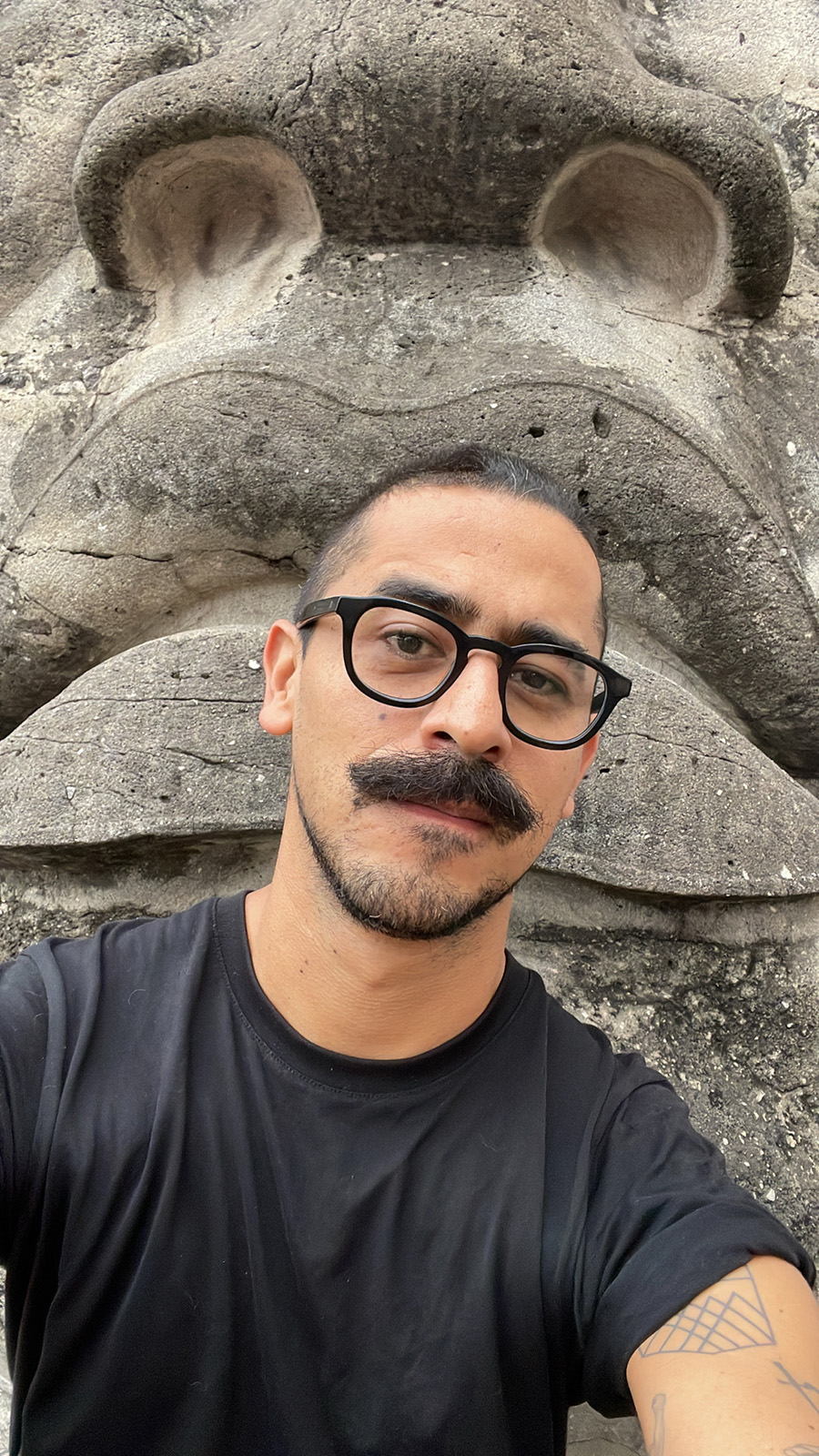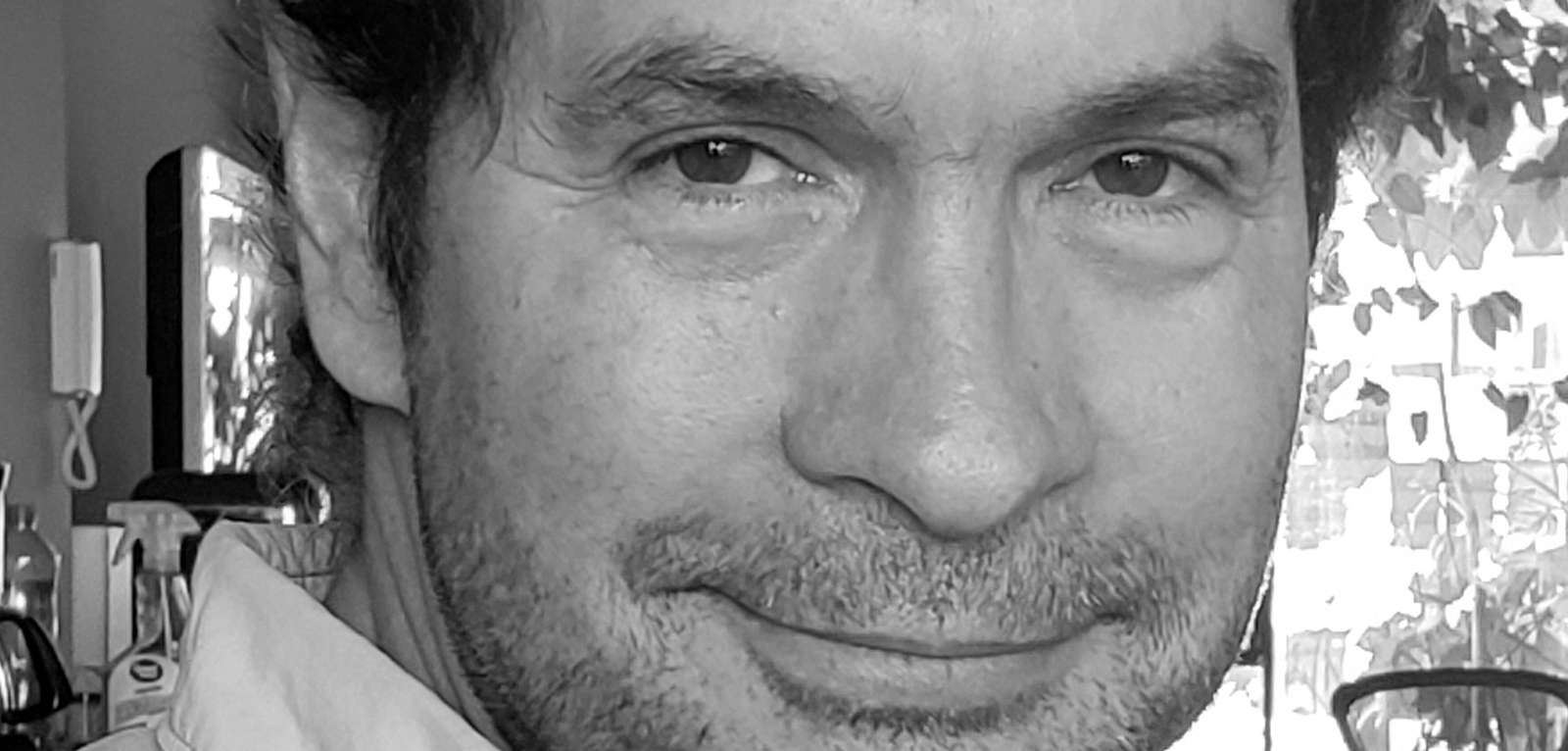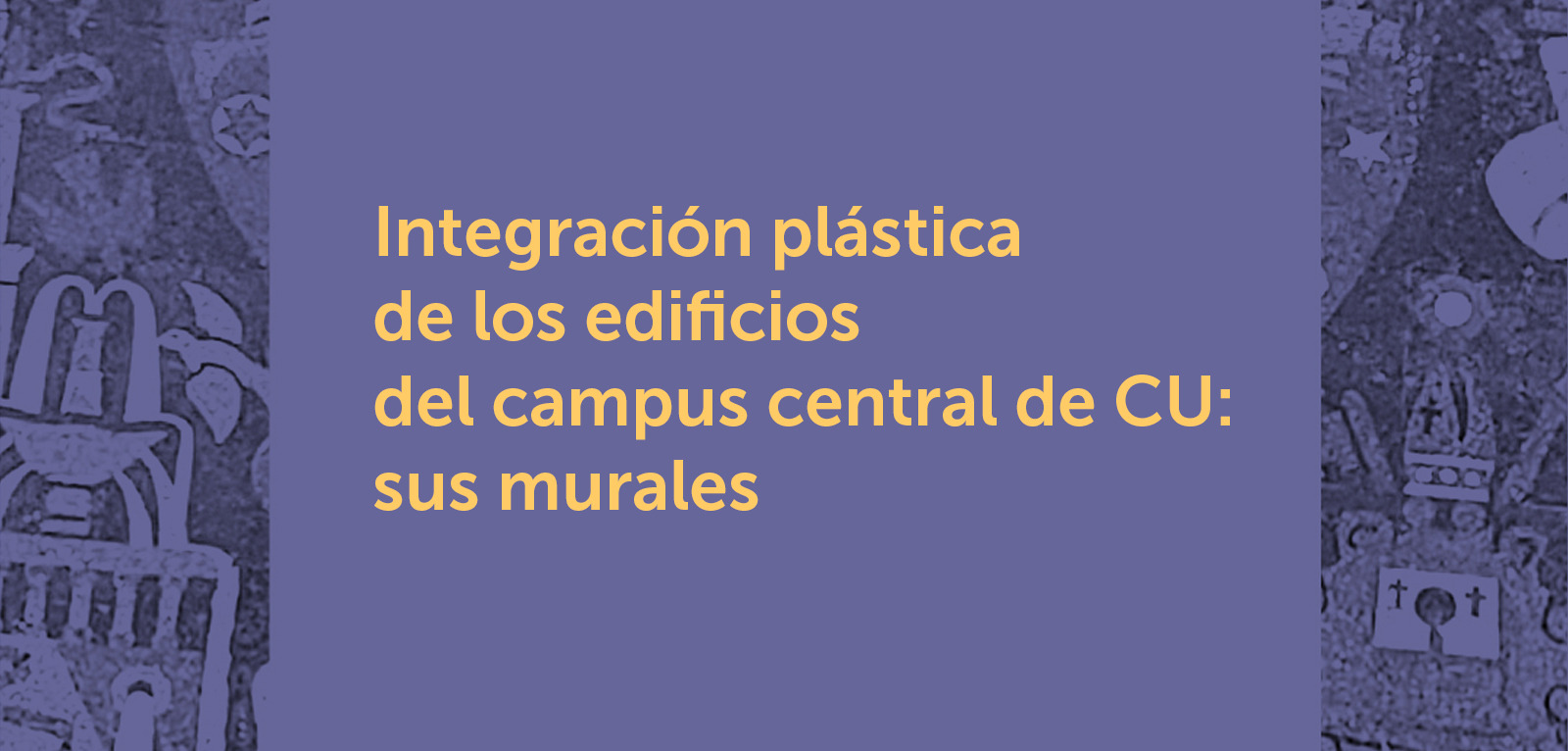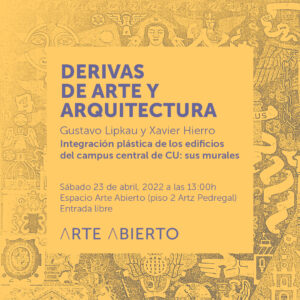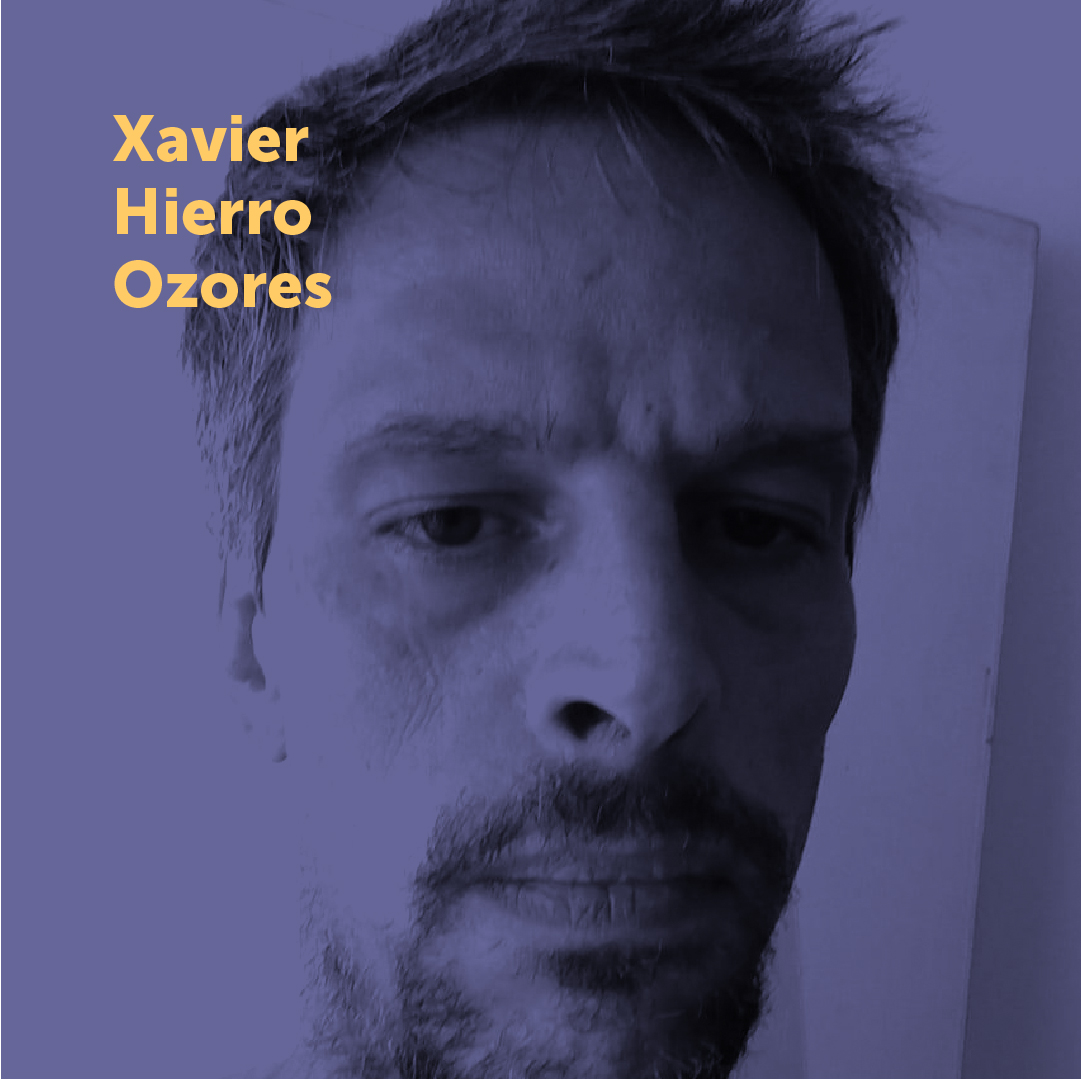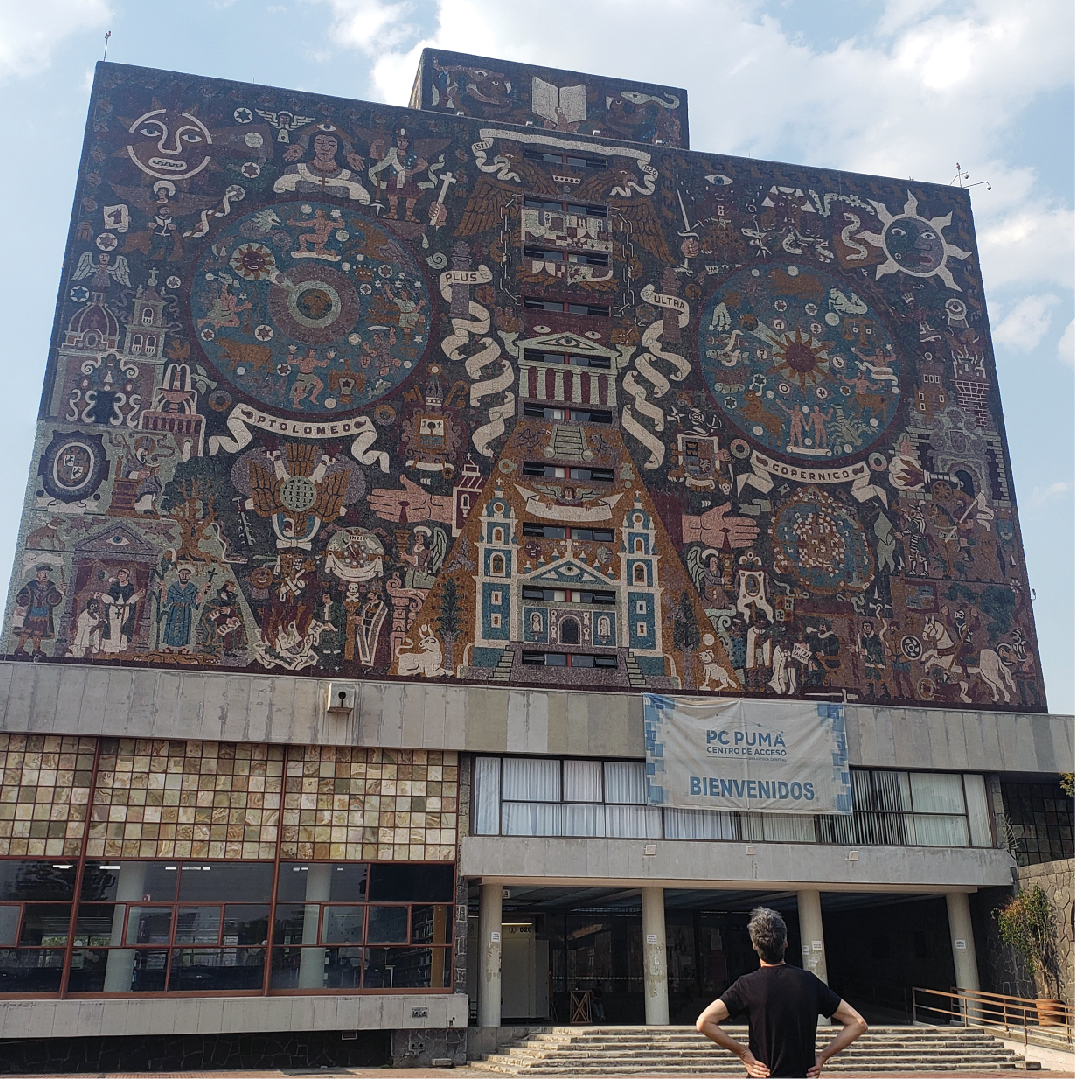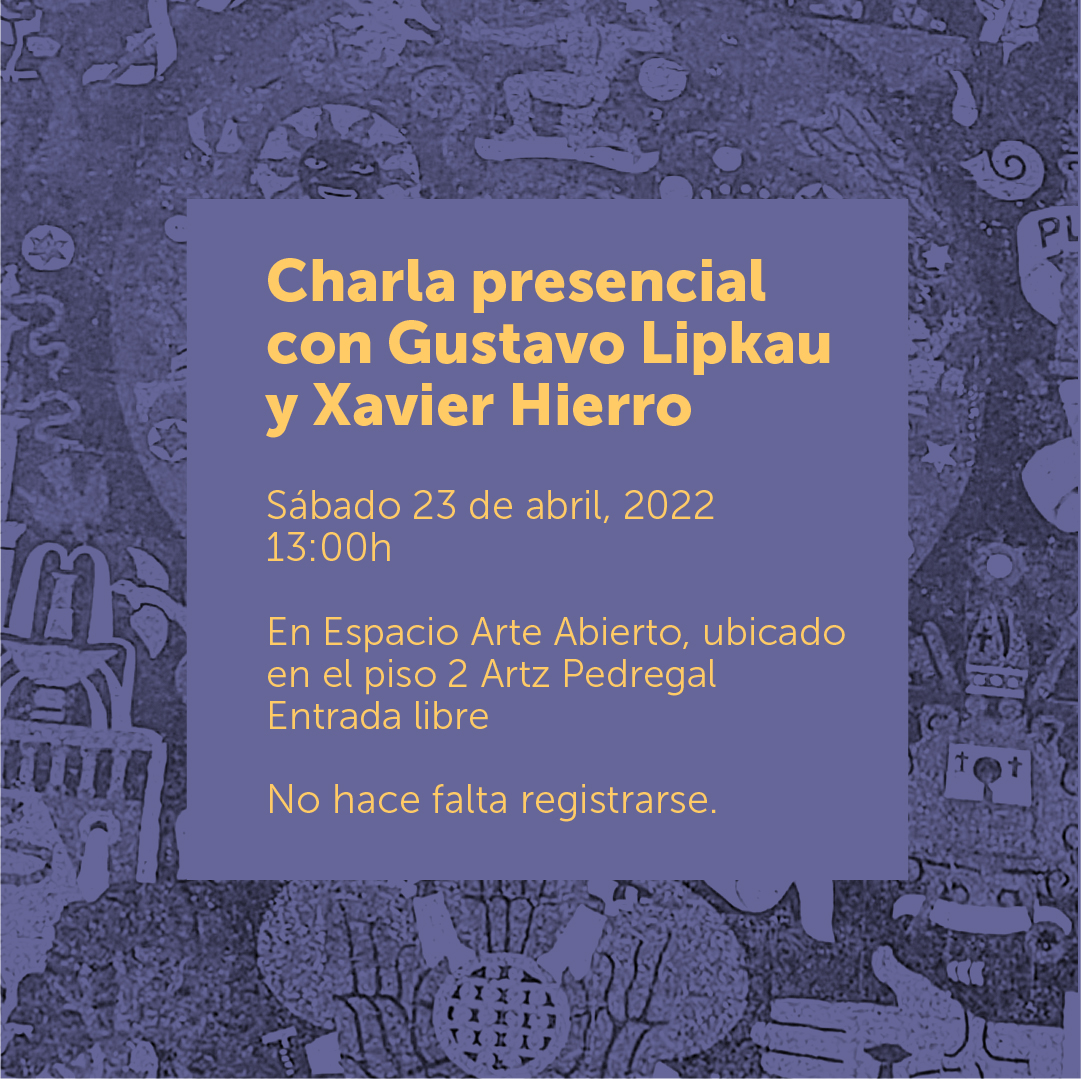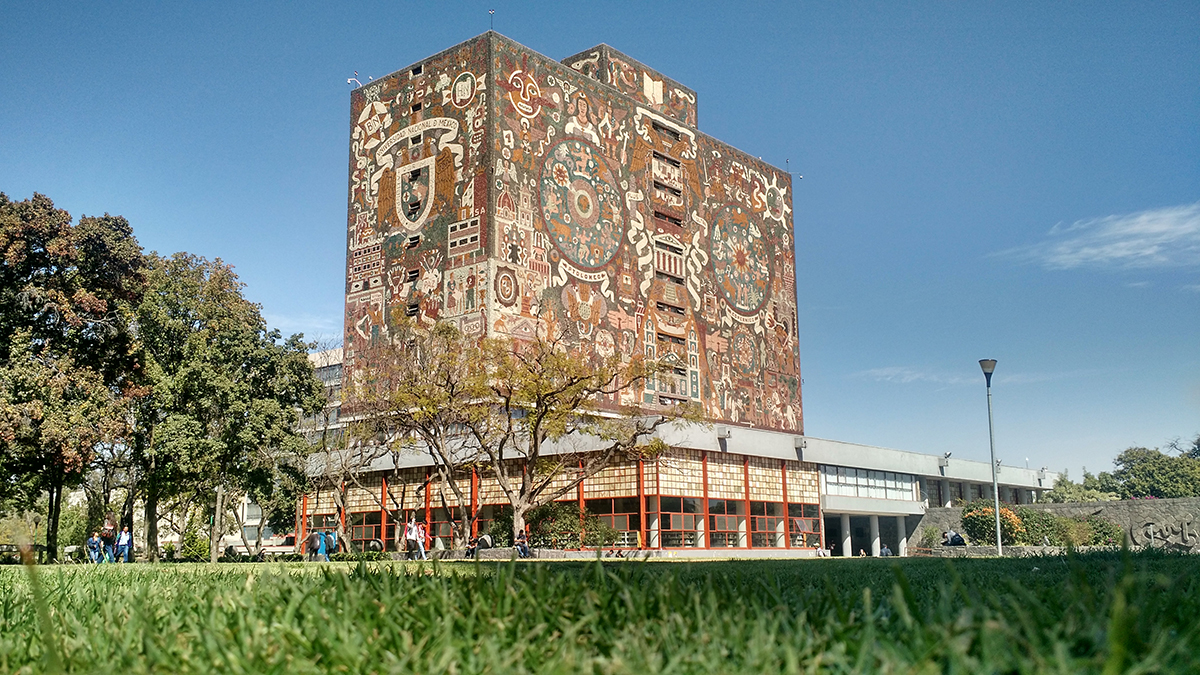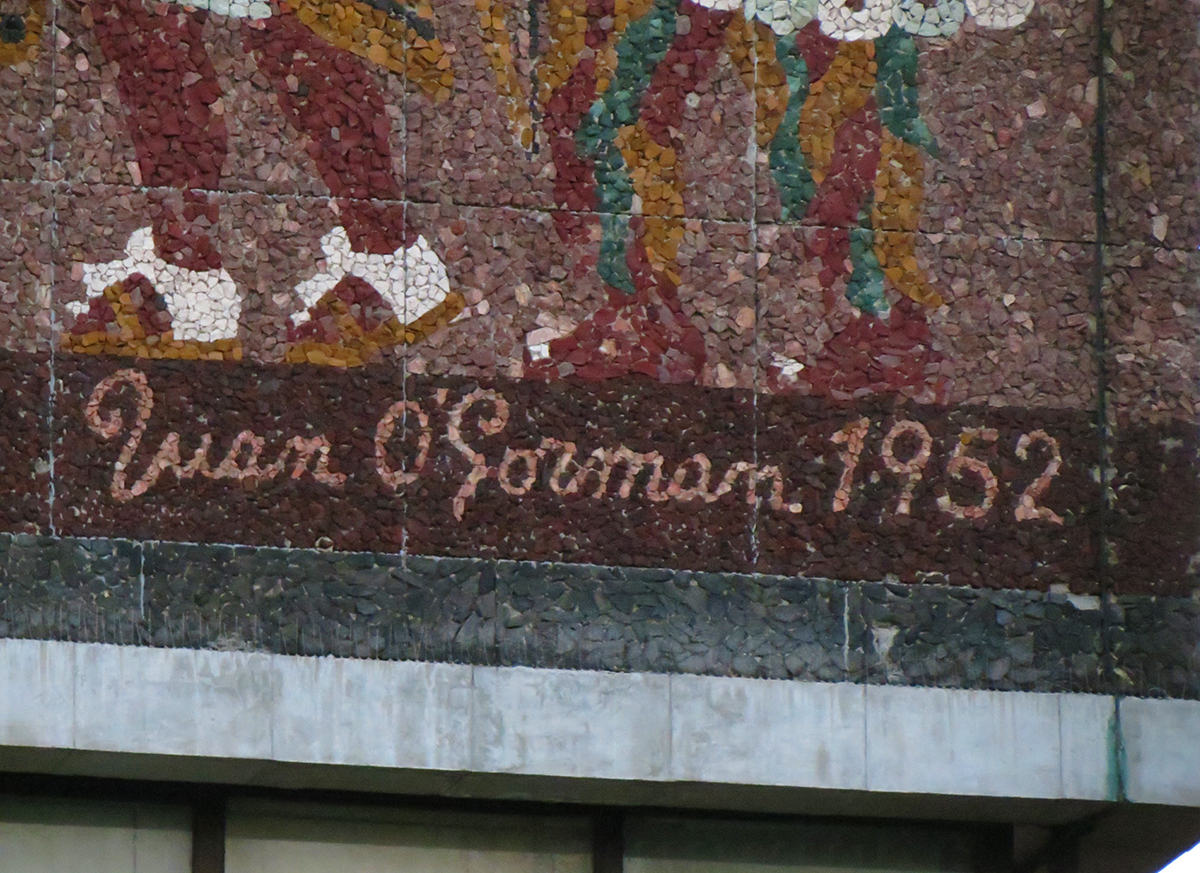09 Apr RODRIGO TORRES – ART AND ARCHITECTURE DERIVES 🗓 🗺
Pictorial Functionalism: The proposal for plastic integration of Mario Pani and Carlos Mérida.
A conversation with Rodrigo Torres Ramos
The link between urbanism and plastic arts is one of the utopian visions of architectural modernity that is perceived most effectively in the urban space of Mexico City. Important housing, education, health, culture and entertainment venues were the receptacle for interventions—moderate or monumental in size—that explored the concern to integrate art into daily life.
Stated as “plastic integration”, this strategy was used by the team of architect Mario Pani and painter Carlos Mérida to provide the multi-family homes and housing units built between 1949 and 1964 with an environment conducive to the emotional enjoyment of their inhabitants, from the incorporation of painting and sculpture to architectural volumes.
>>
Pictorial Functionalism: The proposal for plastic integration of Mario Pani and Carlos Mérida..
A conversation with Rodrigo Torres Ramos
- Saturday, April 20, 2024
- 13:00h
- At Arte Abierto, located on the 2nd floor of Artz Pedregal
- Free admission
>>
No registration needed.
>>
Rodrigo Torres Ramos
Architect from the UNAM Faculty of Architecture (2019), specialized in Museum Project Management from the UNAM Faculty of Architecture (2022). He is a researcher and curator whose work delves into the complex intersections between art and architecture in the context of Mexican modernity, with a particular emphasis on the first half of the 20th century. His academic contributions have found spaces in academic journals such as Bitácora Arquitectura, and he has been a speaker at various national and international forums on architecture and modern art, organized by institutions such as FA-UNAM and CENIDIAP in Mexico, CIAP in Argentina and the International Sculpture Center in the United States. He has been a curator, museographer, head of the education department and guest researcher at public institutions such as the Centro Cultural Universitario Tlatelolco, the Tamayo Museum, the Sala de Arte Público Siqueiros and the Diego Rivera and Frida Kahlo Studio Museum. He has brought his expertise to numerous curatorial and museographic projects in private galleries and independent spaces, and is the founder and director of Mirador Tlatelolco, an independent space focused on the research and exhibition of the intersections between art, design and architecture.
Arte Abierto continues with its new public program Derivas de Arte y Arquitectura (Art & Architecture Derives), which seeks to renew our gaze on the architectural legacy of Mexico City. From a series of talks focused on rescuing the parallel stories of emblematic architectural projects and public spaces that have witnessed the variable intersection between art and architecture. In this first stage, the program deals mainly with modern architecture, based on a series of talks given by invited curators, architects, artists and urban planners.
With this program, ways of returning to architecture part of its public, experiential, collective character and close to those of us who inhabit the city are tested, recognizing in it its condition as a living archive. From these talks, circumstances, contexts and anecdotes are revealed that have been part of his sensitive memory and that complement his material memory, a relationship that often escapes documentary narratives and academic accounts.
The objective of the drifts is to generate experiences of spatial rediscovery, which allow us to renew our gaze on the legacy of certain emblematic architectural and artistic works, as well as those that have been forgotten.
The derives will be carried out free of charge on the last Saturday of each month, at 1:00 p.m. with a limited capacity.
Arte Abierto Derives :
February 26: Tania Ragasol / Entorno urbano, cotidianidad y arte: La Torre de los Vientos by Gonzalo Fonseca
March 26 : David Miranda / Del Animal Herido y otros eventos escultóricos dentro de la arquitectura moderna
April 23: Gustavo Lipkau y Xavier Hierro / Integración plástica de los edificios del campus central de CU: sus murales
May 28: Marisol Argüelles / La casa-estudio Diego Rivera y Frida Kahlo. Del espacio doméstico a la dimensión de lo público
June 25: Luis Javier de la Torre/ La Ruta de la Amistad MÉXICO68… más allá de 1968
July 30: Aldo Solano/ Architecture for playing in 20th Century Mexico City.
August 27: Christian del Castillo/ Tracing the modern in the architecture of the Historic Center of Mexico City.
September 24: Juan José Kochen/ The Ideal of the Multifamily Apartment cComplex.
October 29: Tania Candiani/ Quantum Prelude. Sound activation by Tania Candiani.
March 25: Ana Garduño/ Cultural Geographies: The invention of museum circuits in 20th century Mexico City.
May 27: Rebeca Barquera/ The Plastic Integration Movement México: More than murals on buildings.
June 17: Julián Arroyo Cetto/ Max Cetto in the beginning of El Pedregal.
July 29: Peter Kriegel/ The eco-aesthetics of El Pedregal and constructive botany in the megacity of Mexico.
August 26: Arturo Rivera García y Roberto Bustamante Castrejón/ Jardines del Pedregal Legacy: Memory and Identity.
September 30: Tonatiuh Martínez/ The garden as an extension of nature.
October 21: Lorena Botello/ Clara Porset’s Design: Between Tradition and Modernity.
March 23: Rodrigo Torres Ramos / Pictorial Functionalism: The proposal for plastic integration of Mario Pani and Carlos Mérida.




